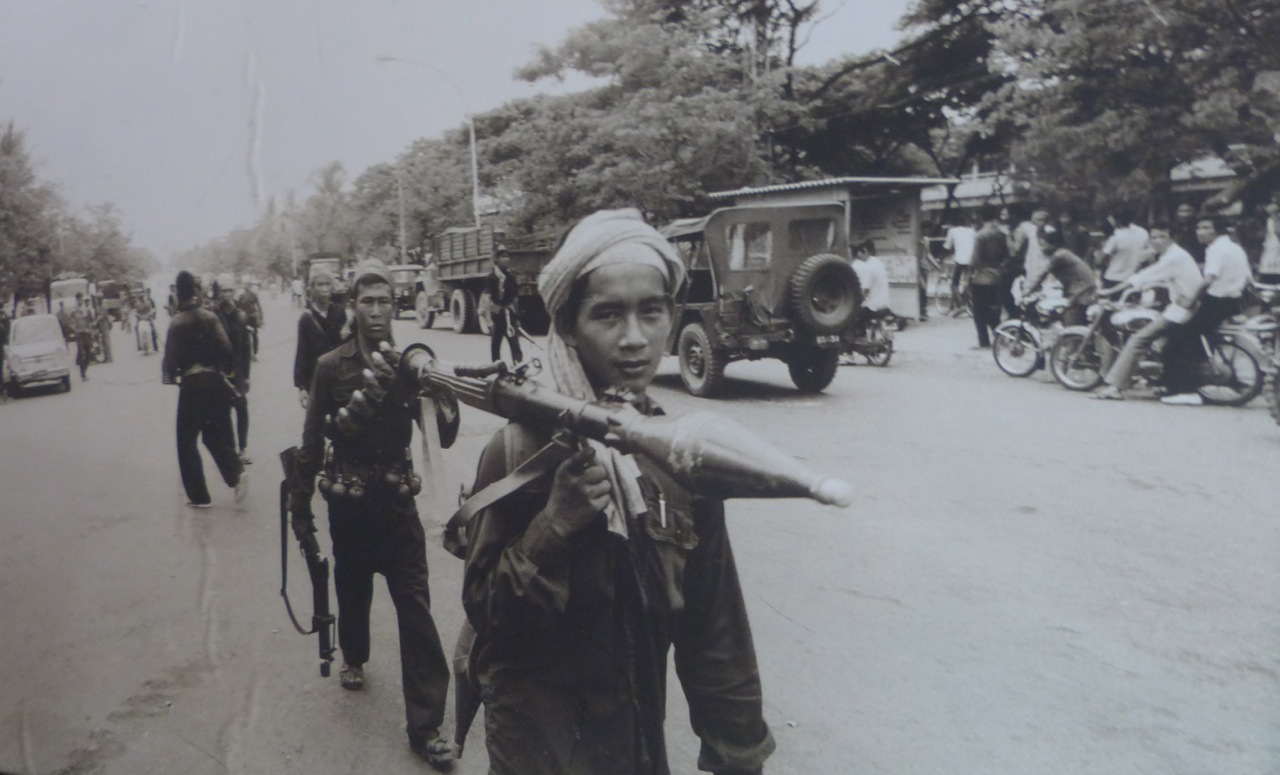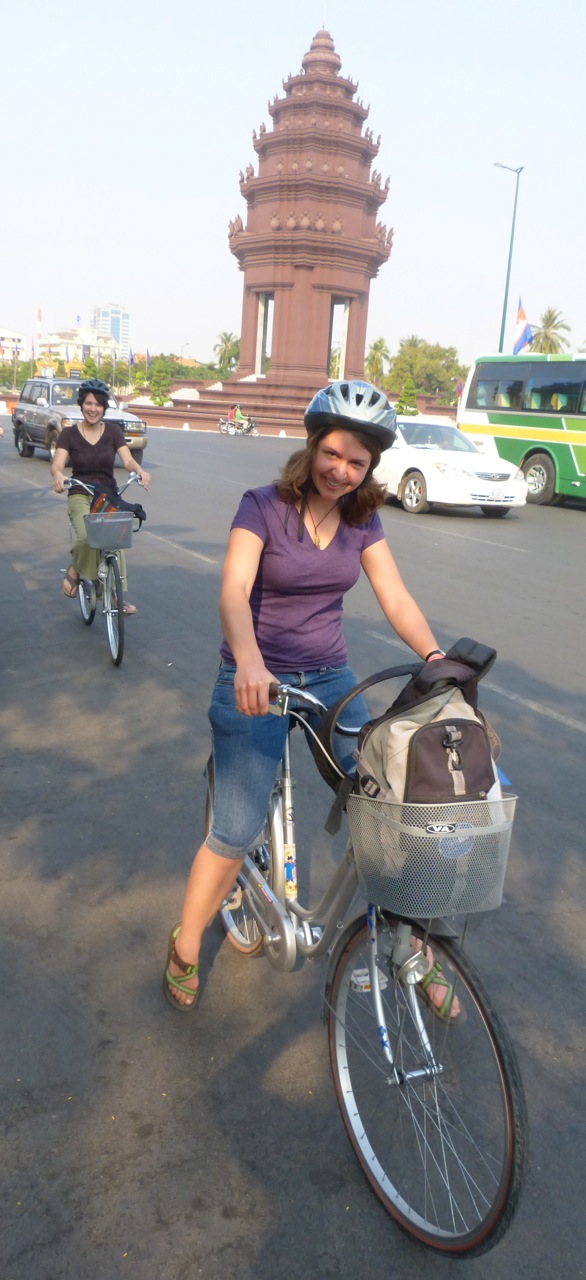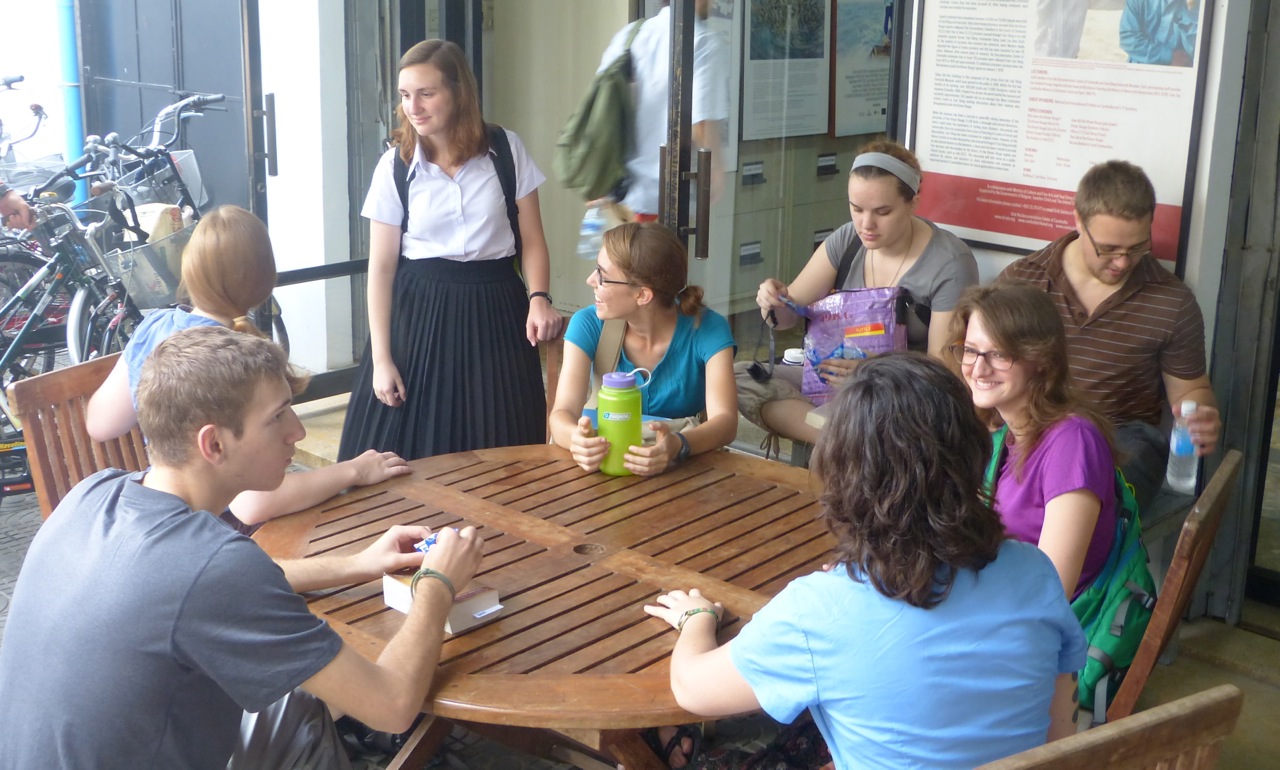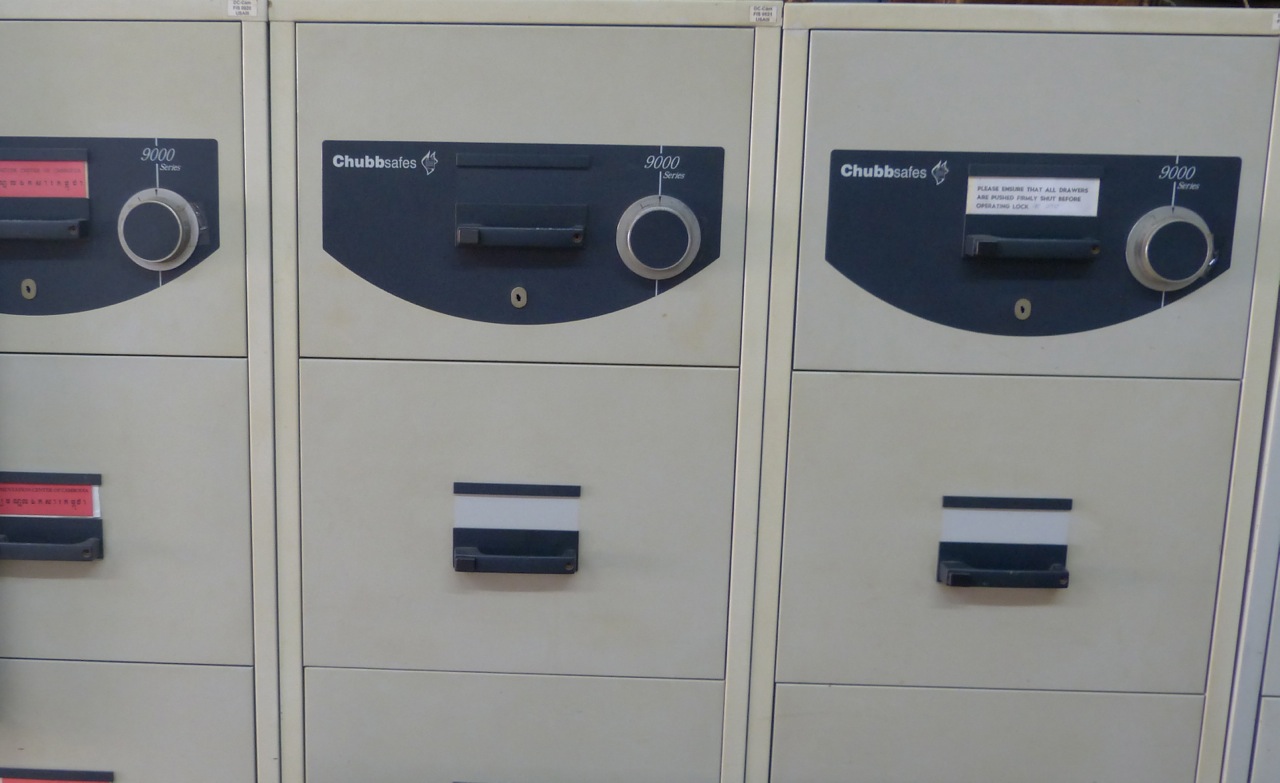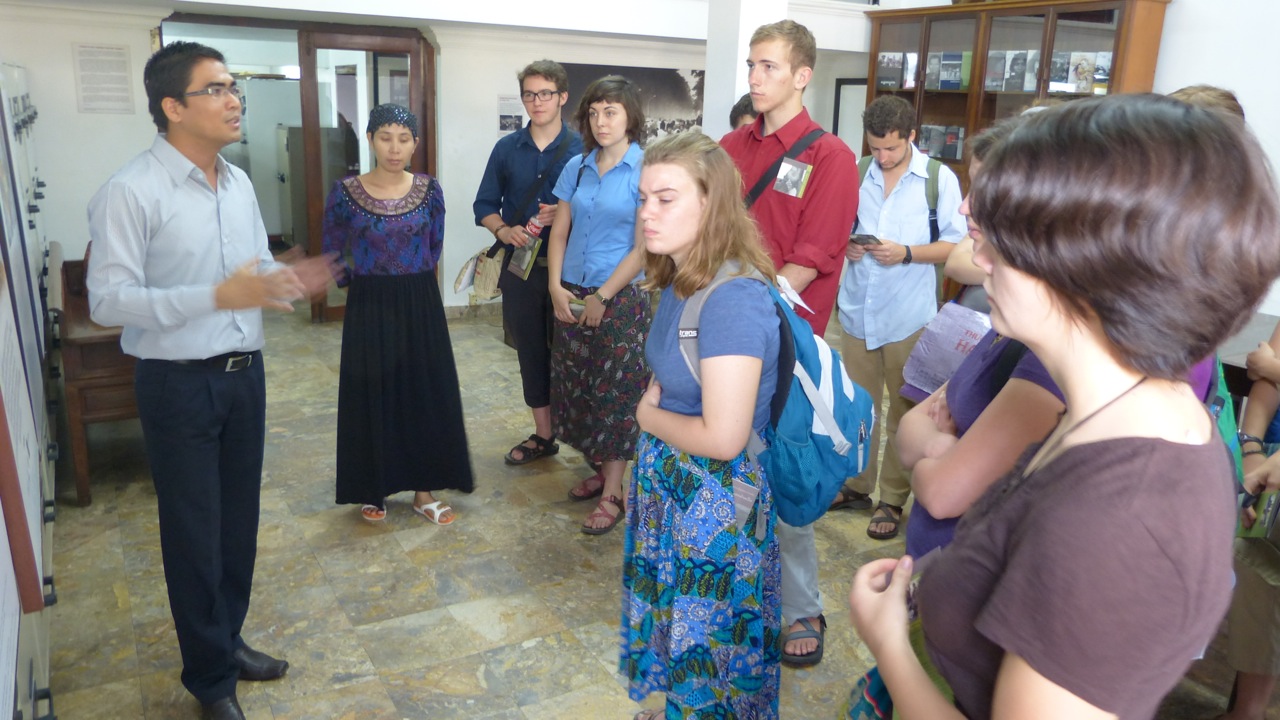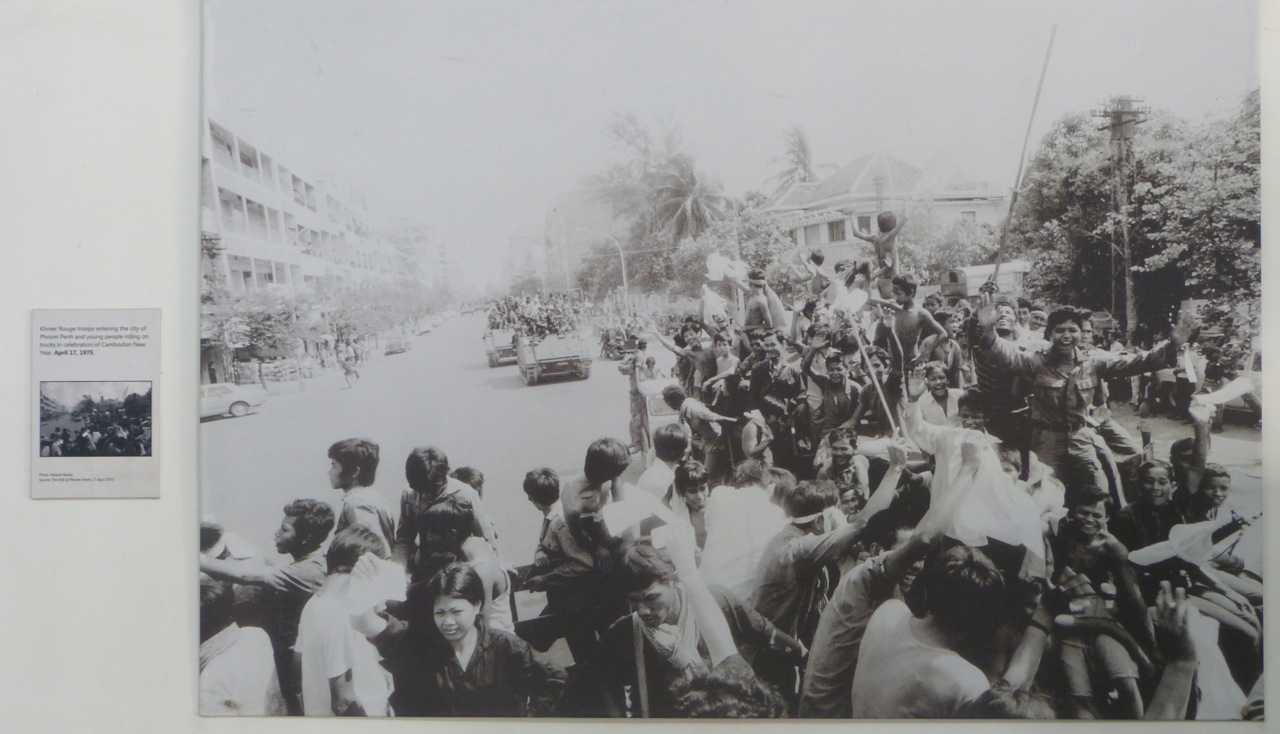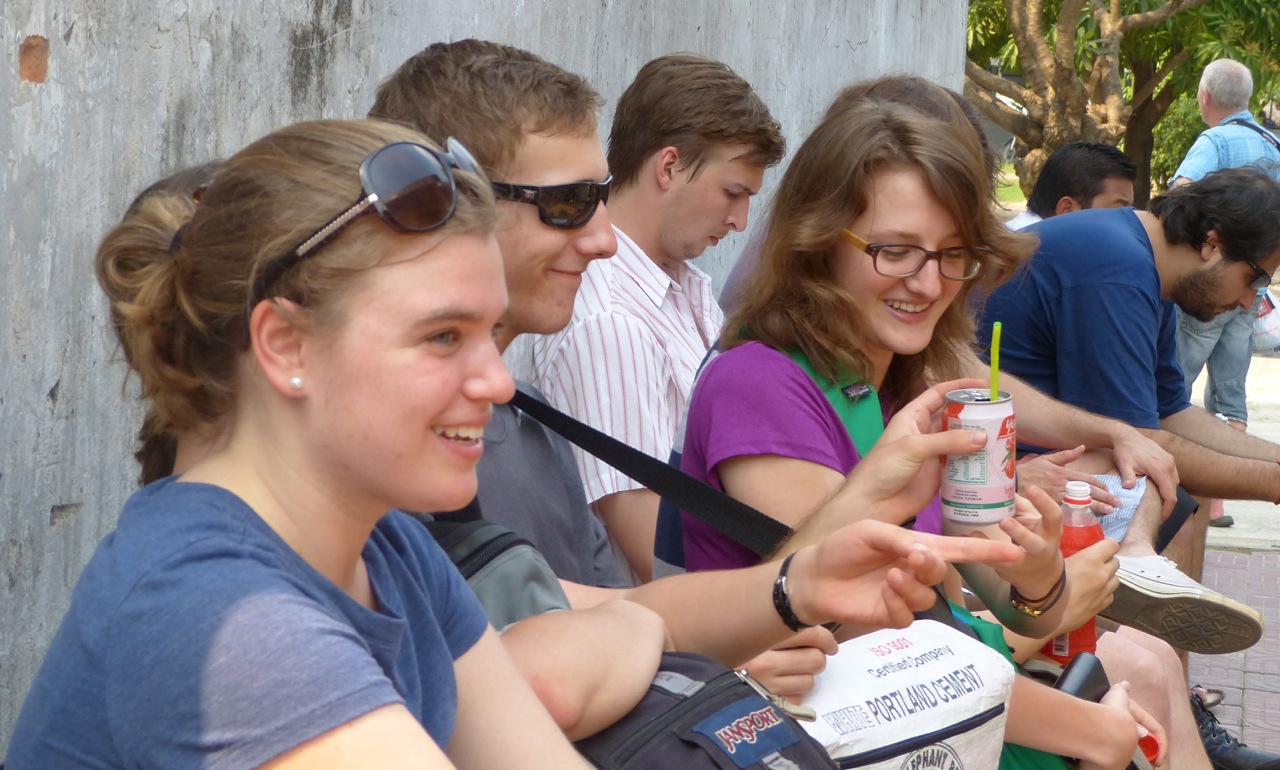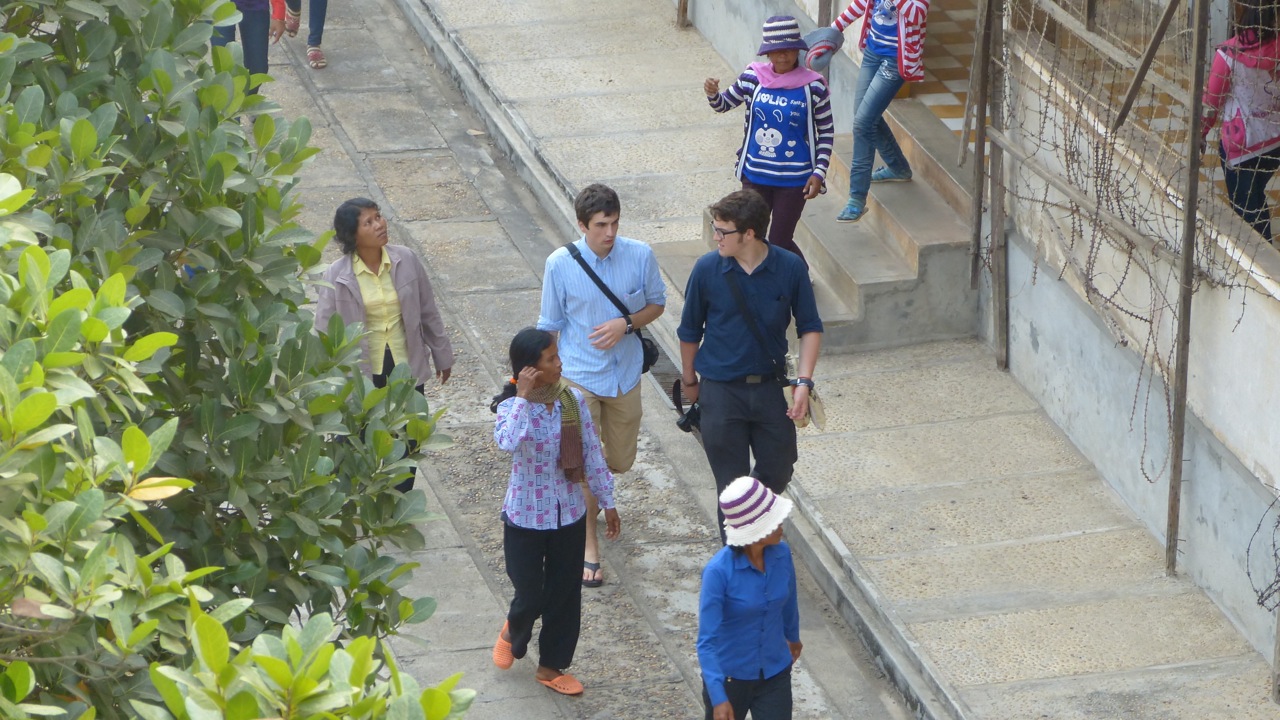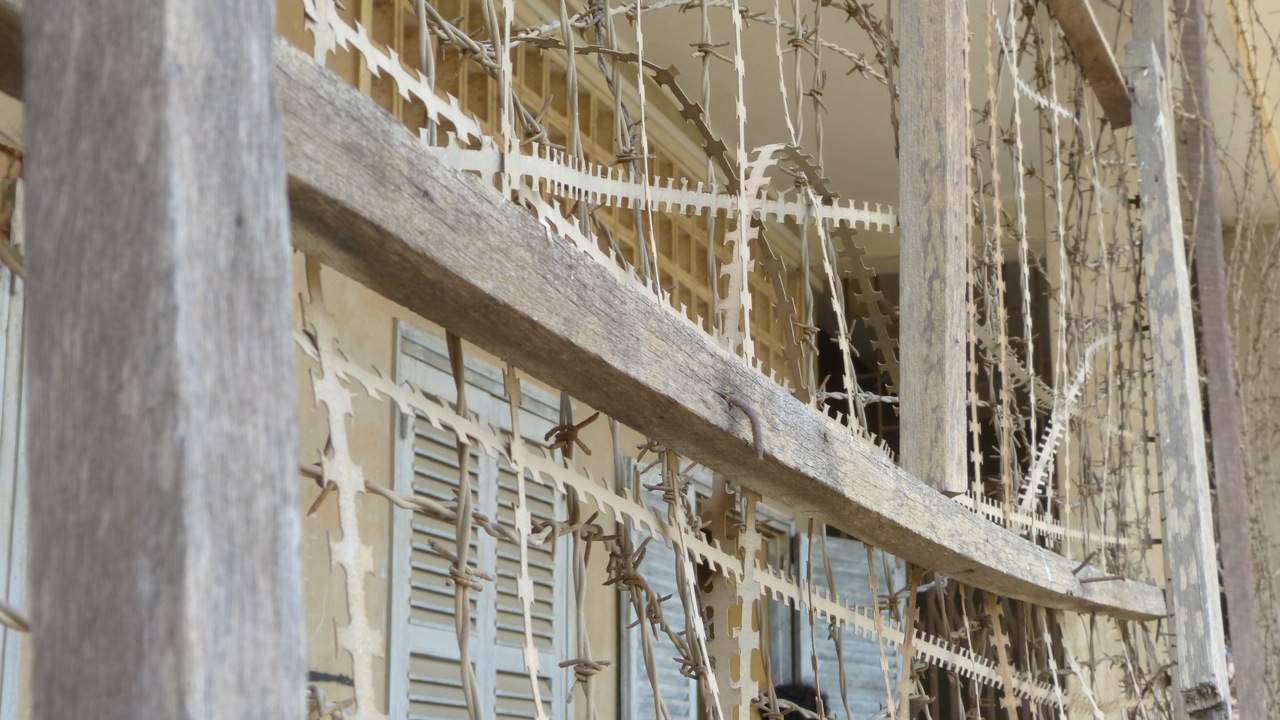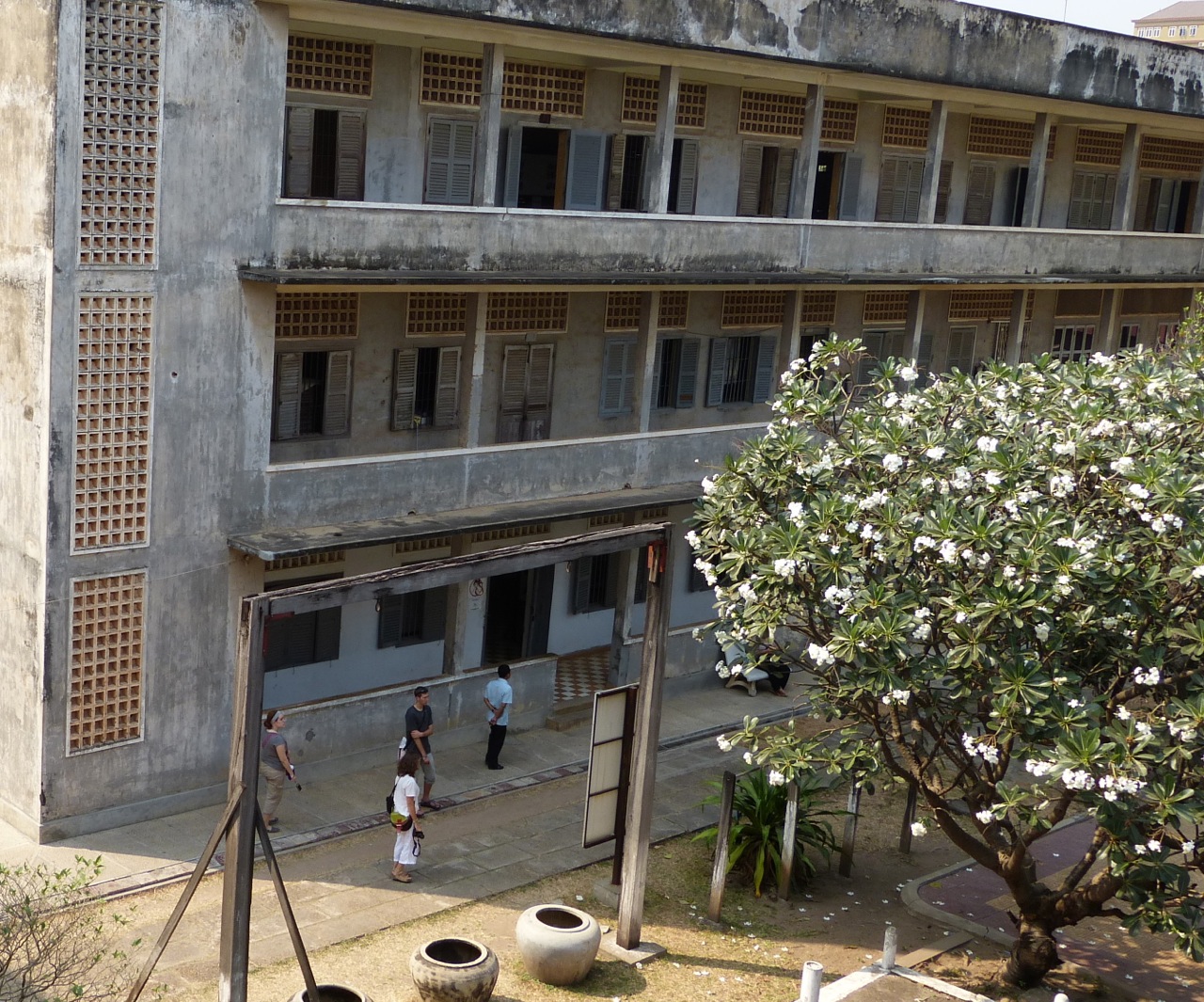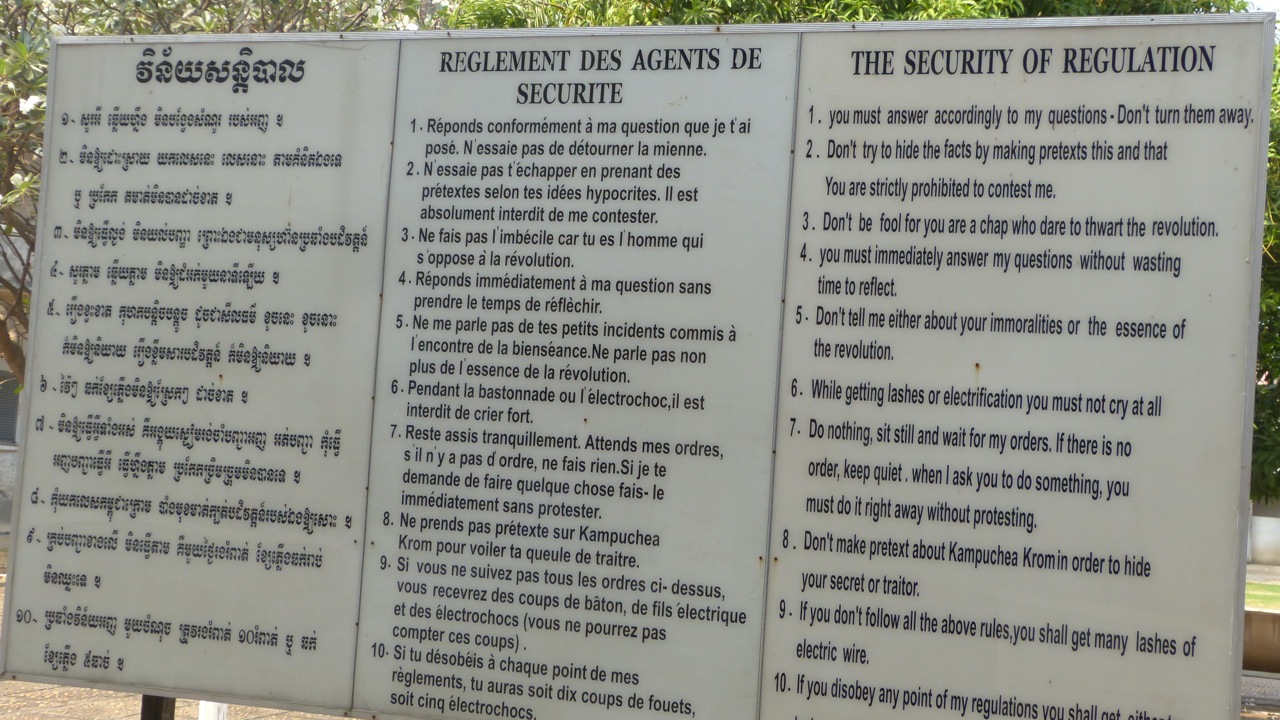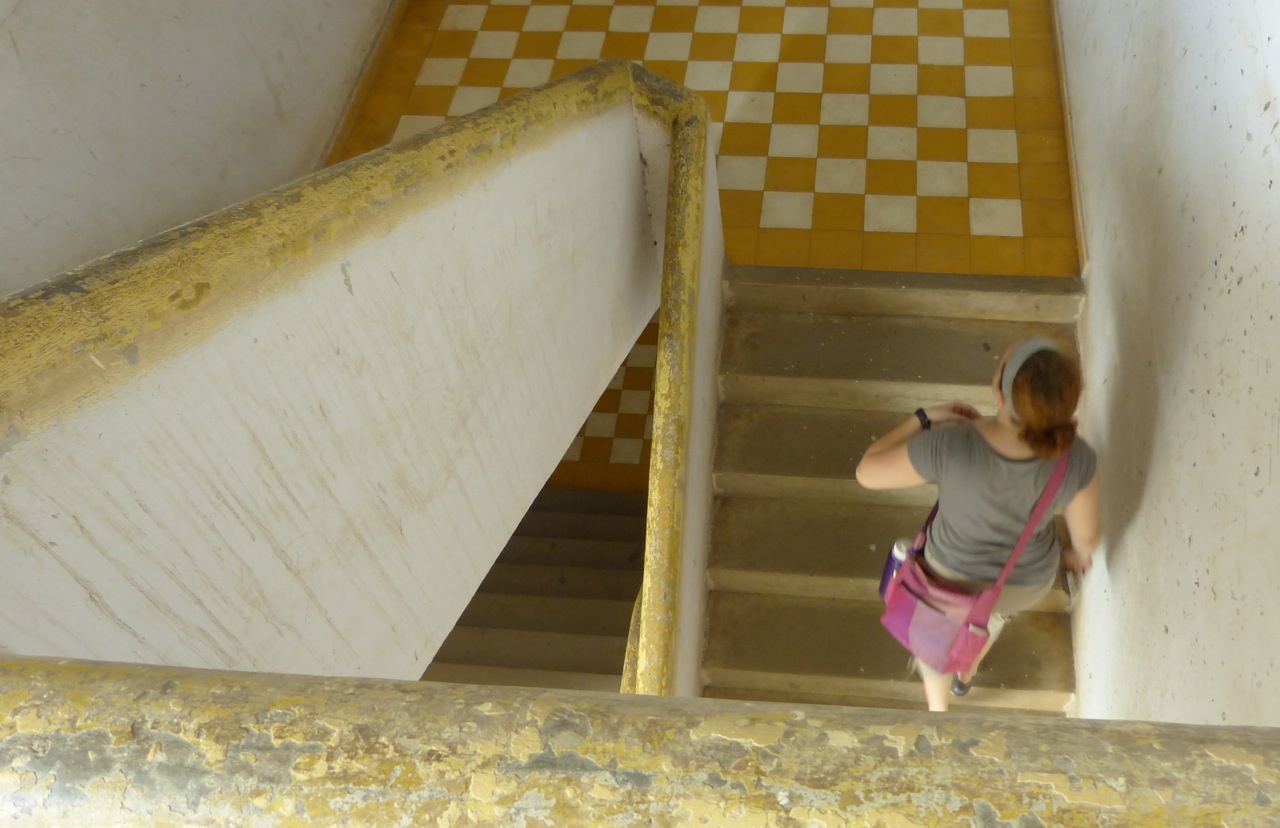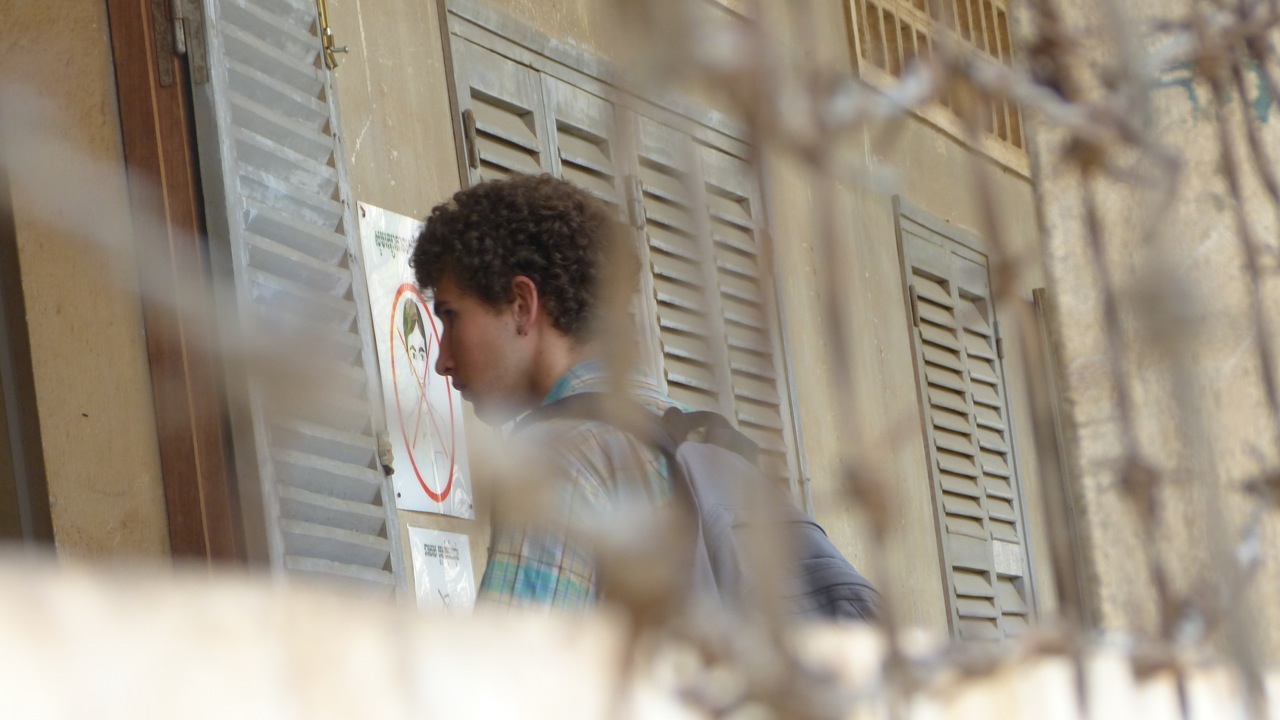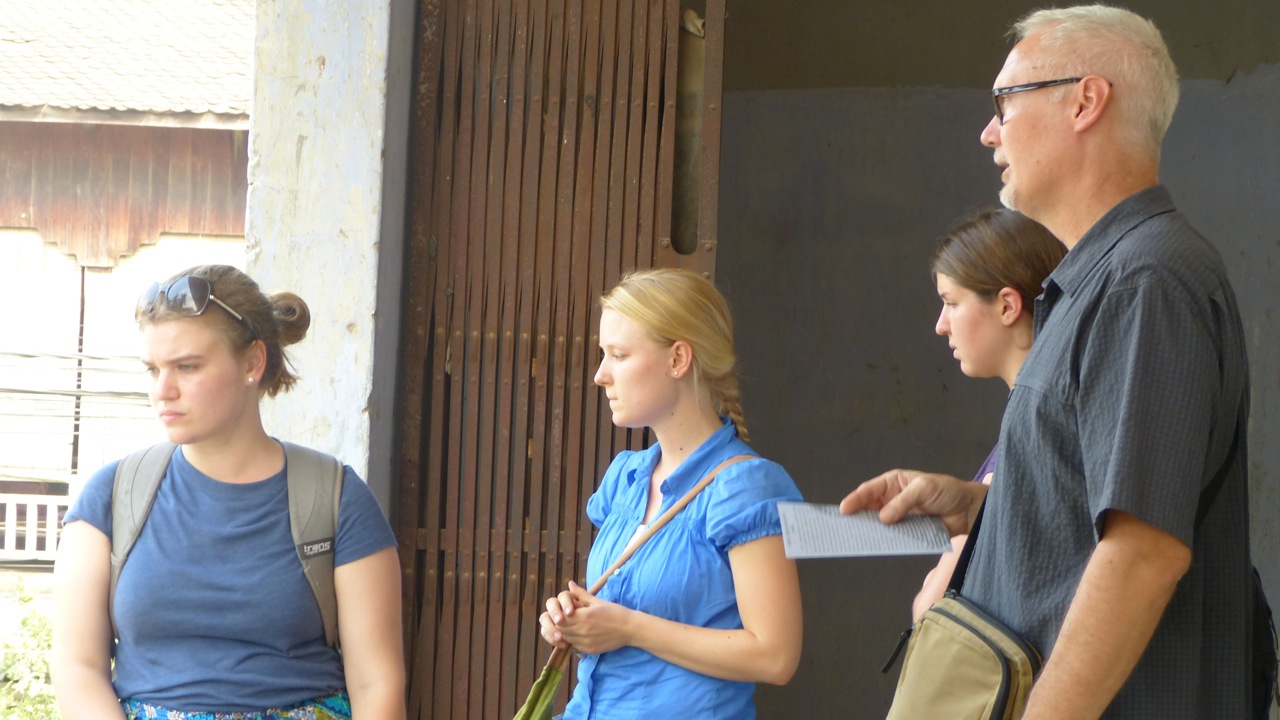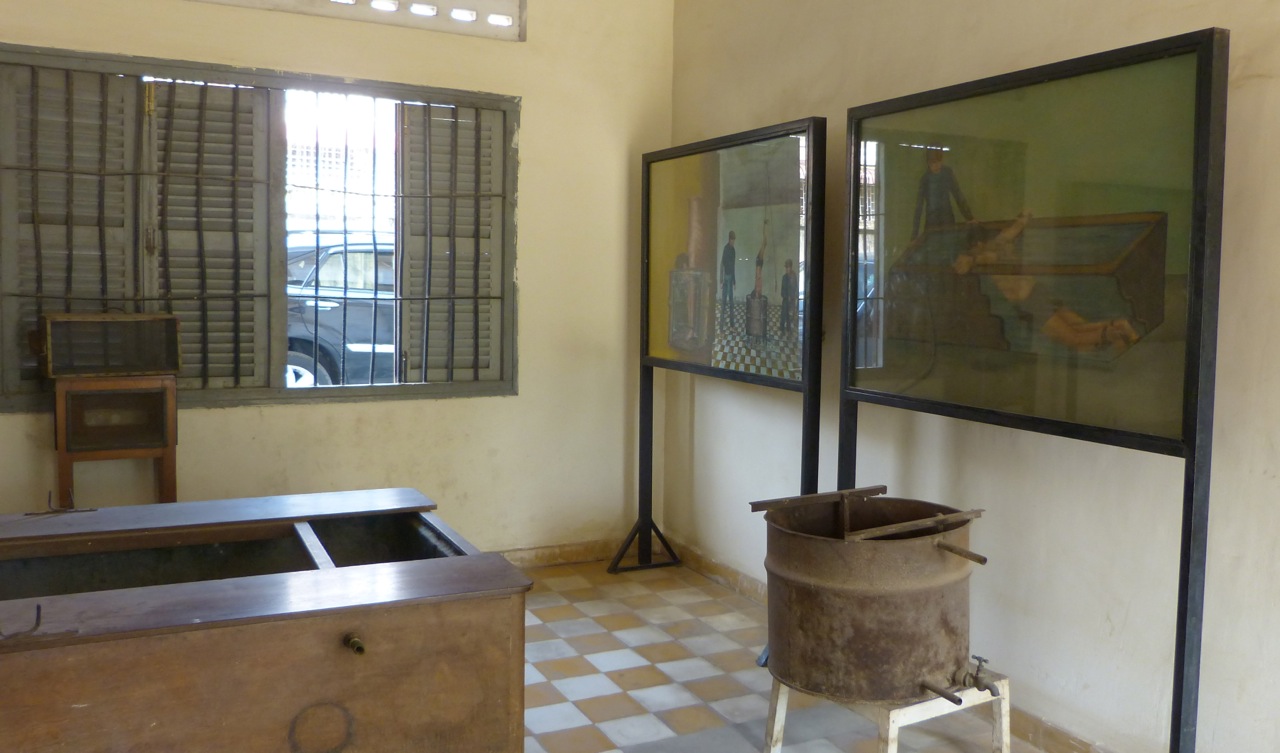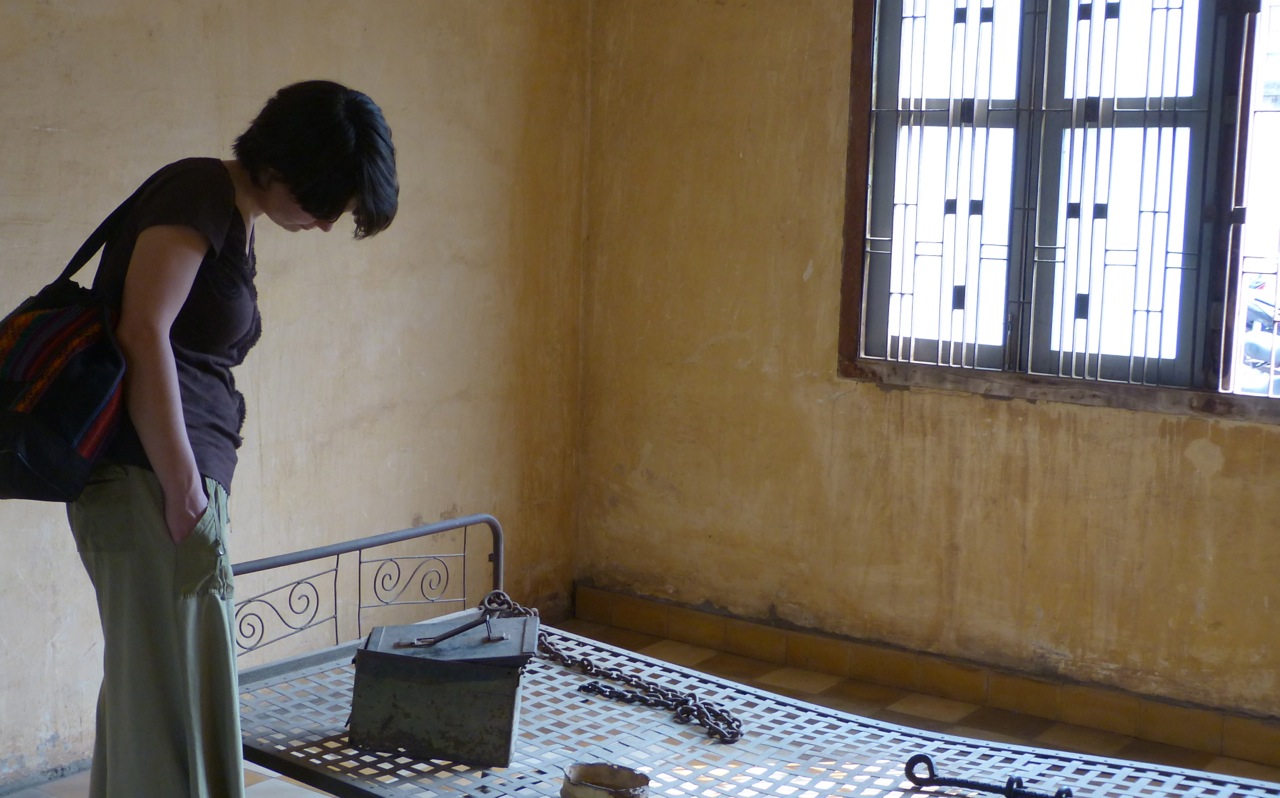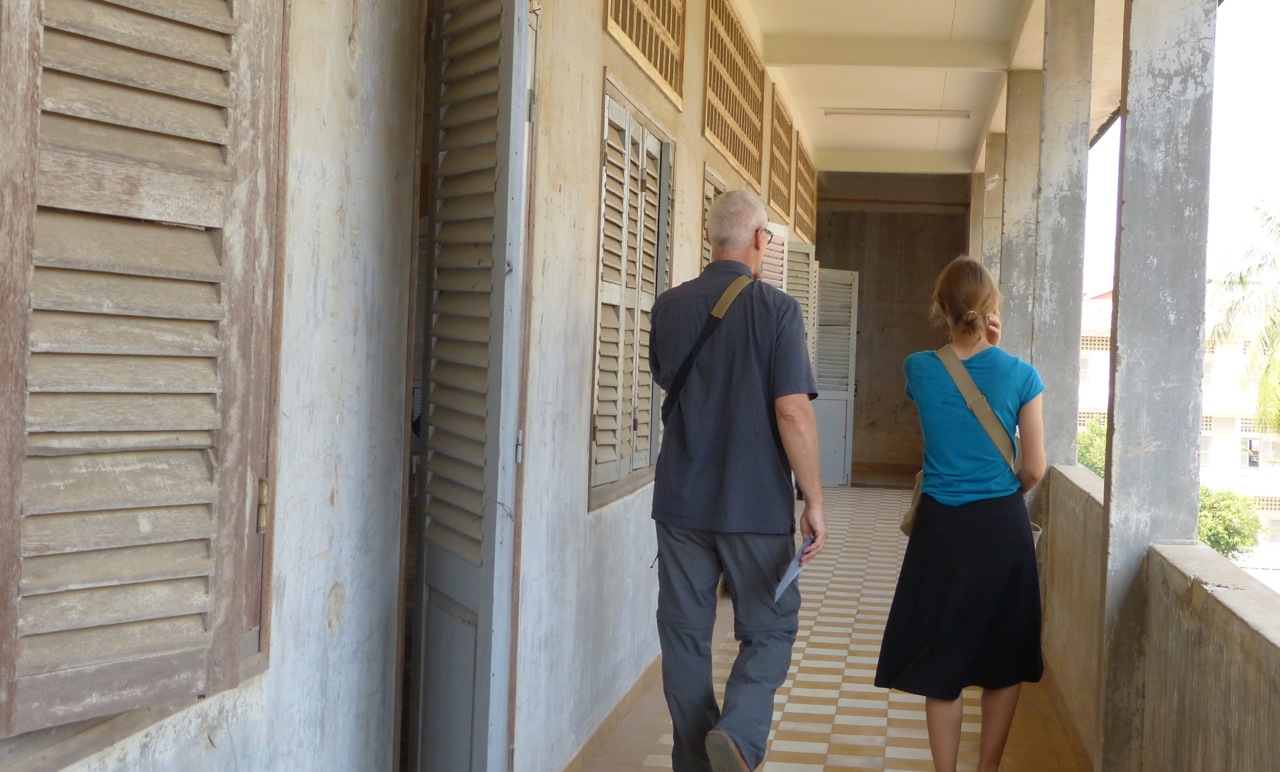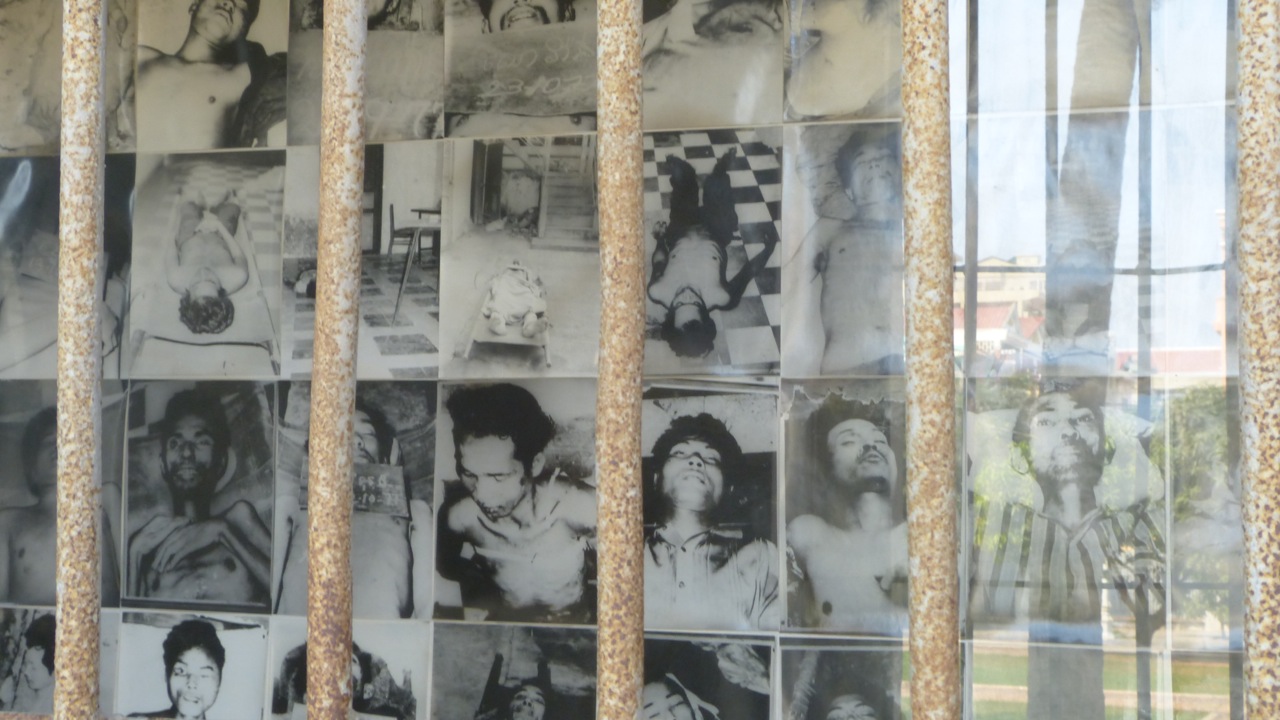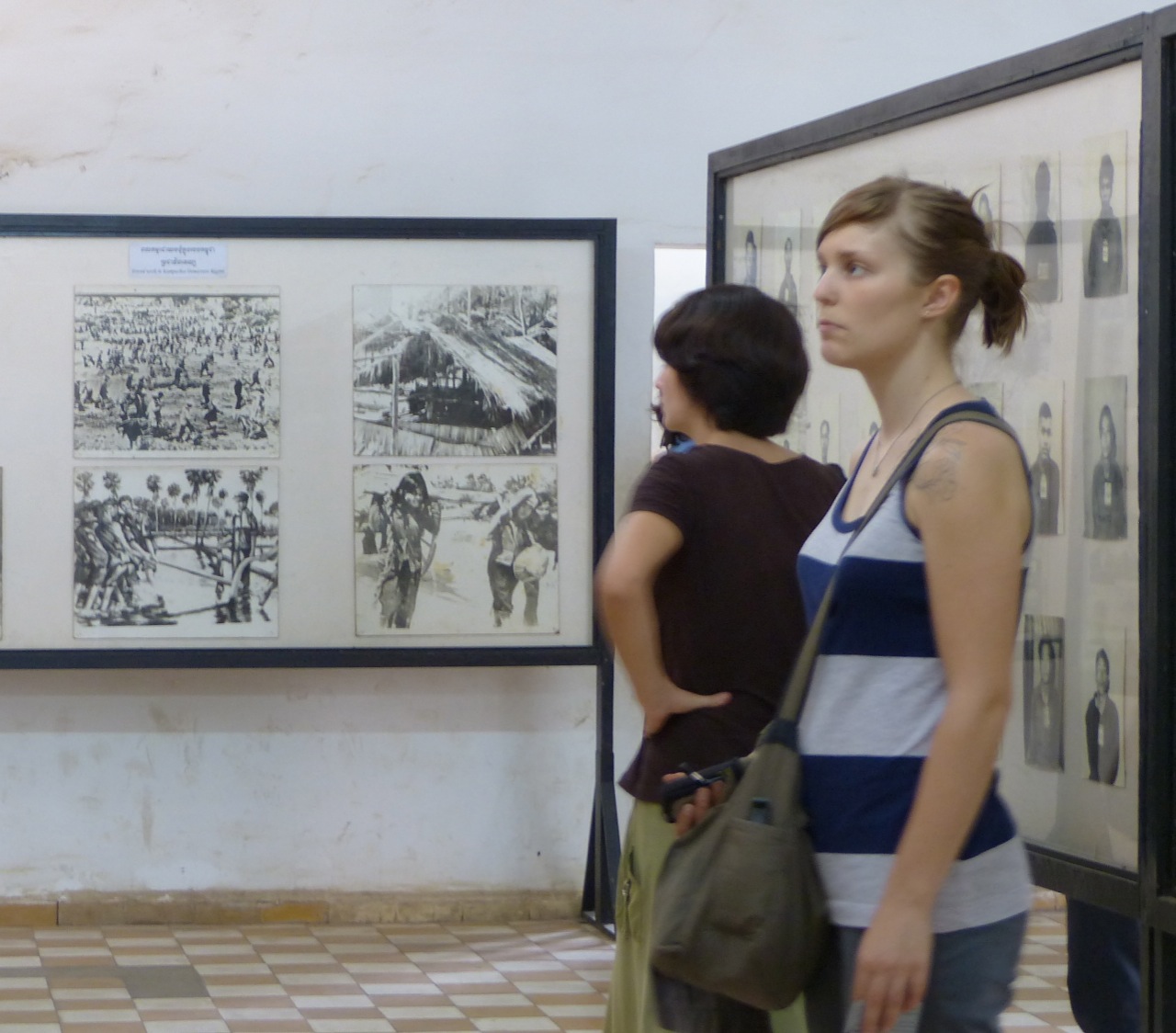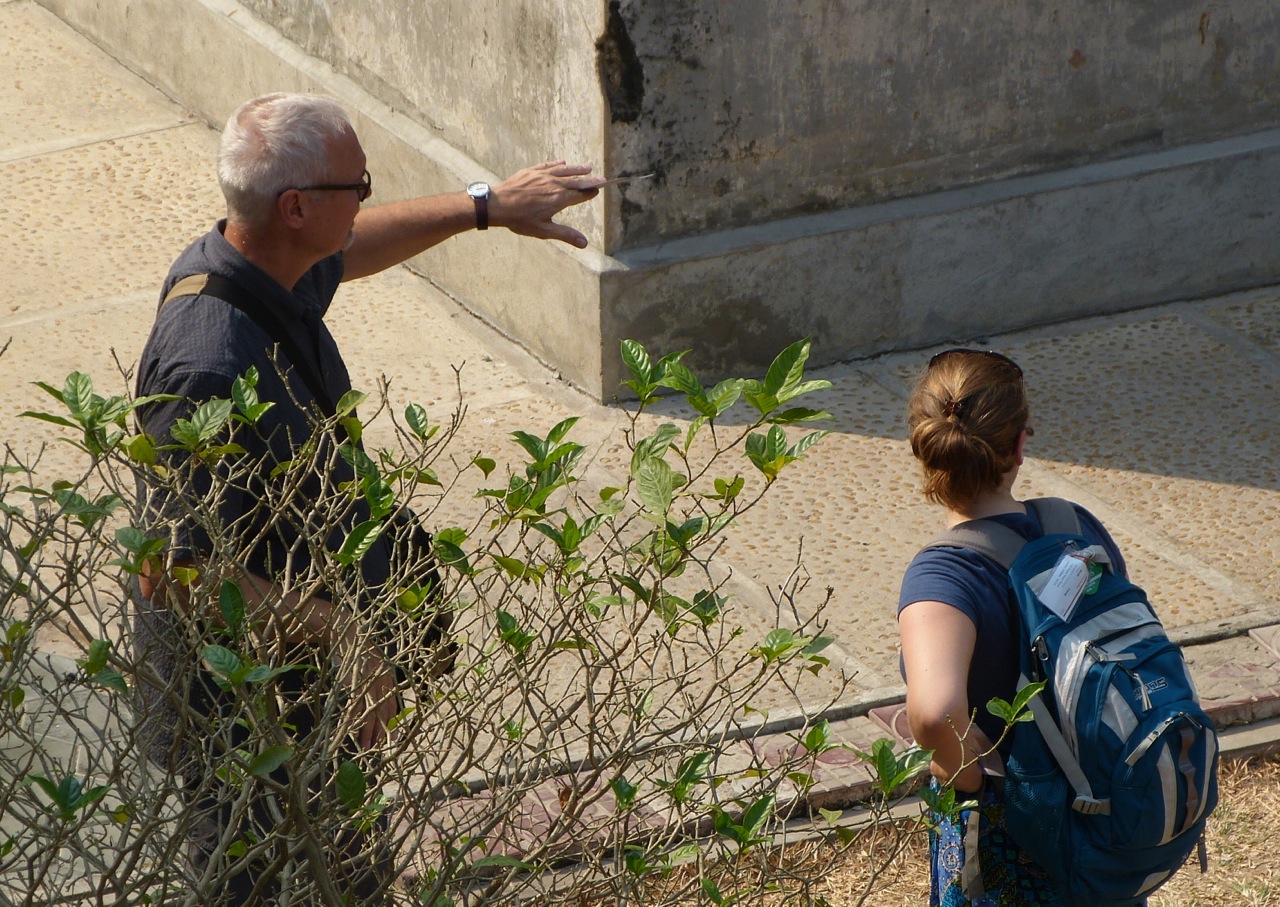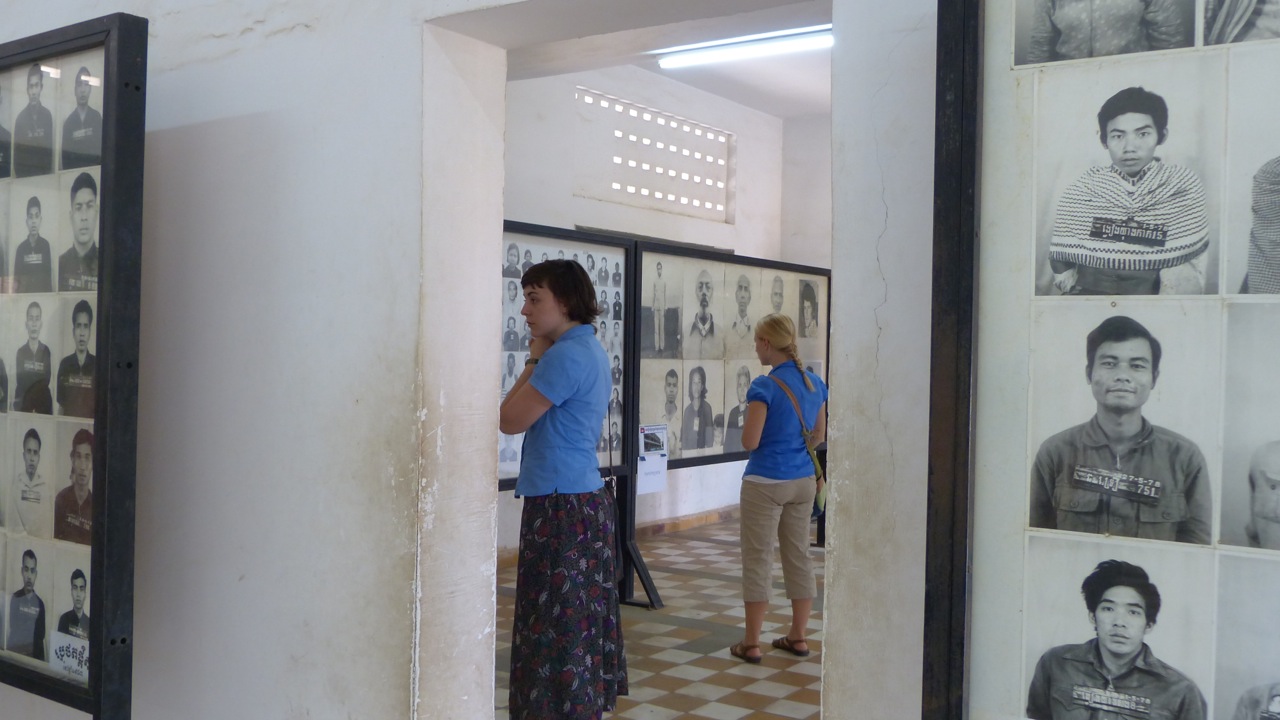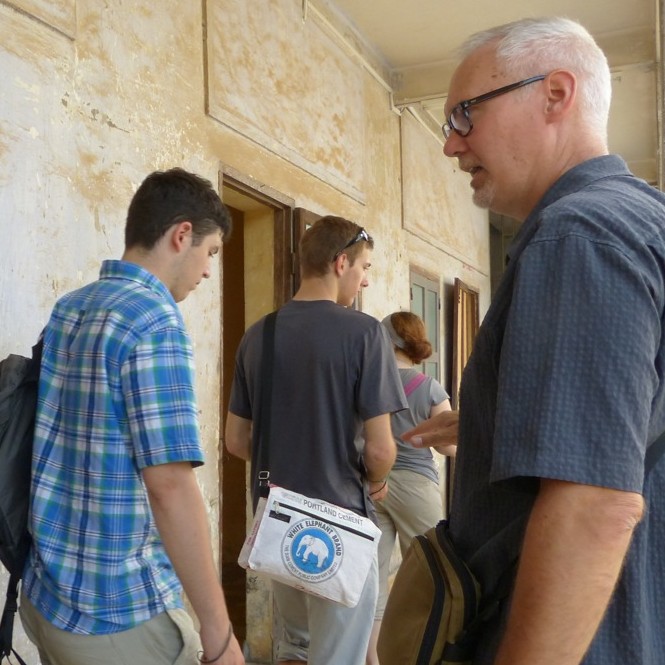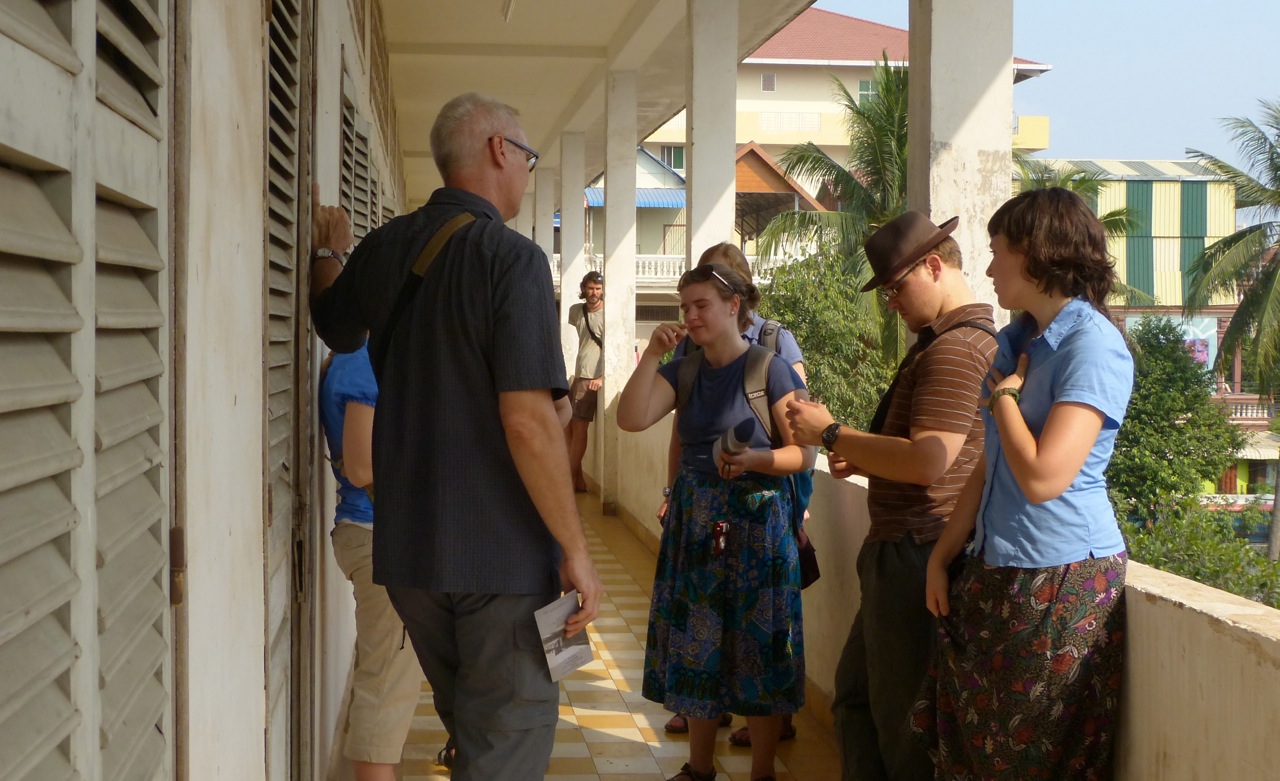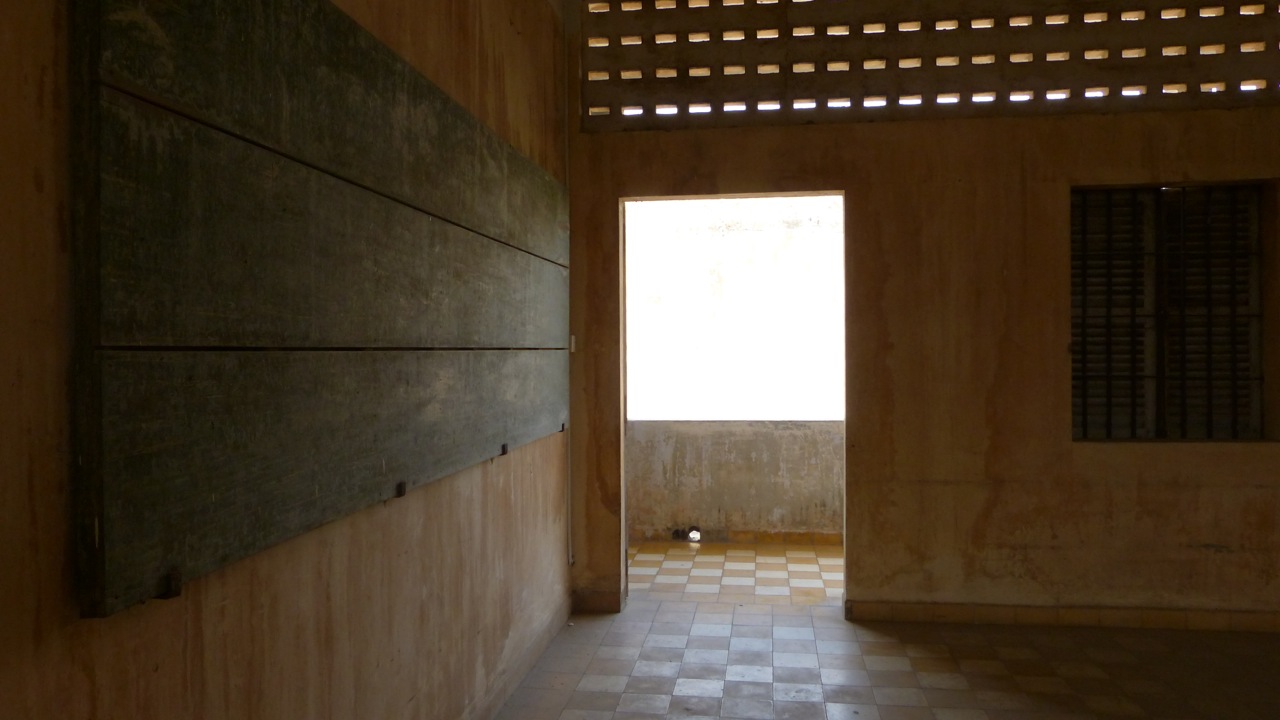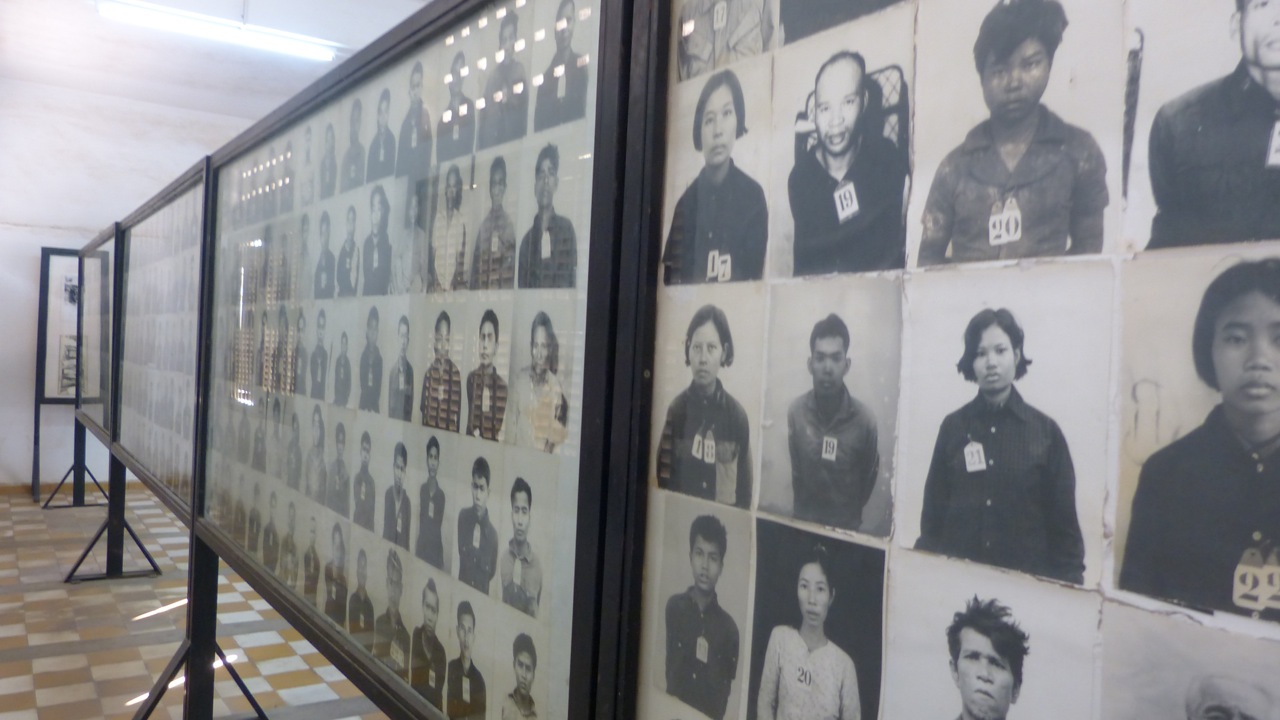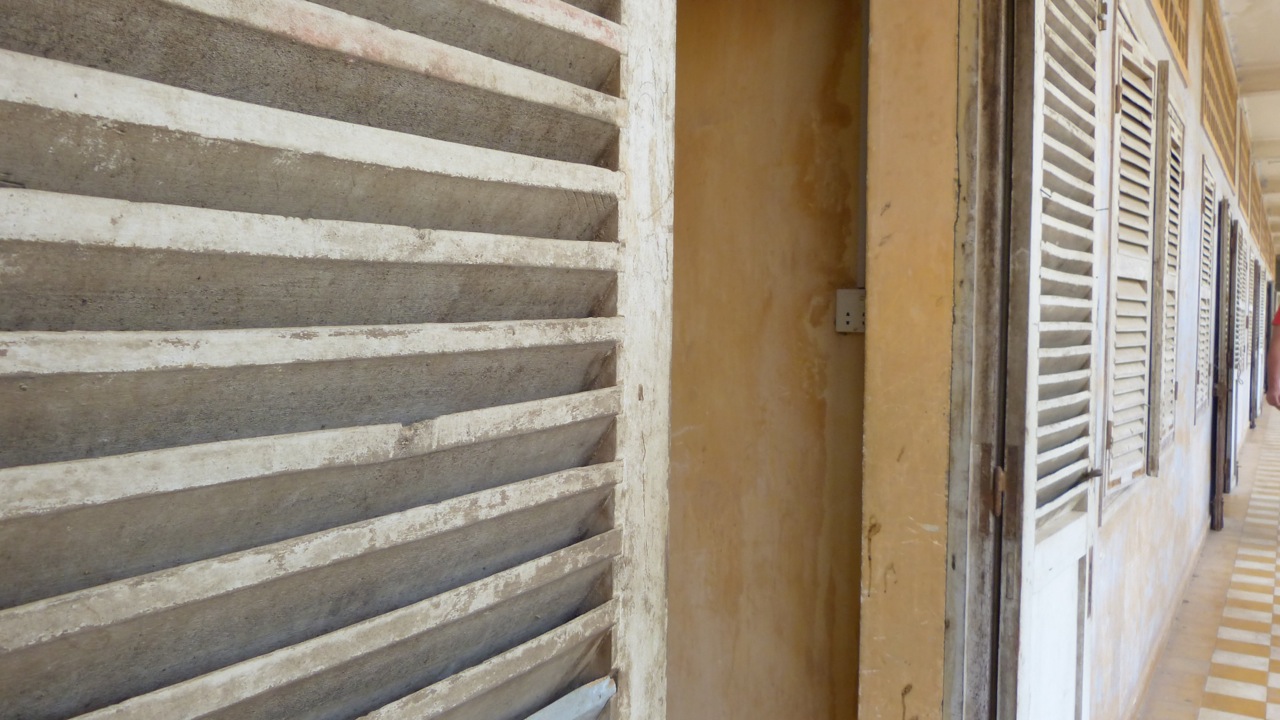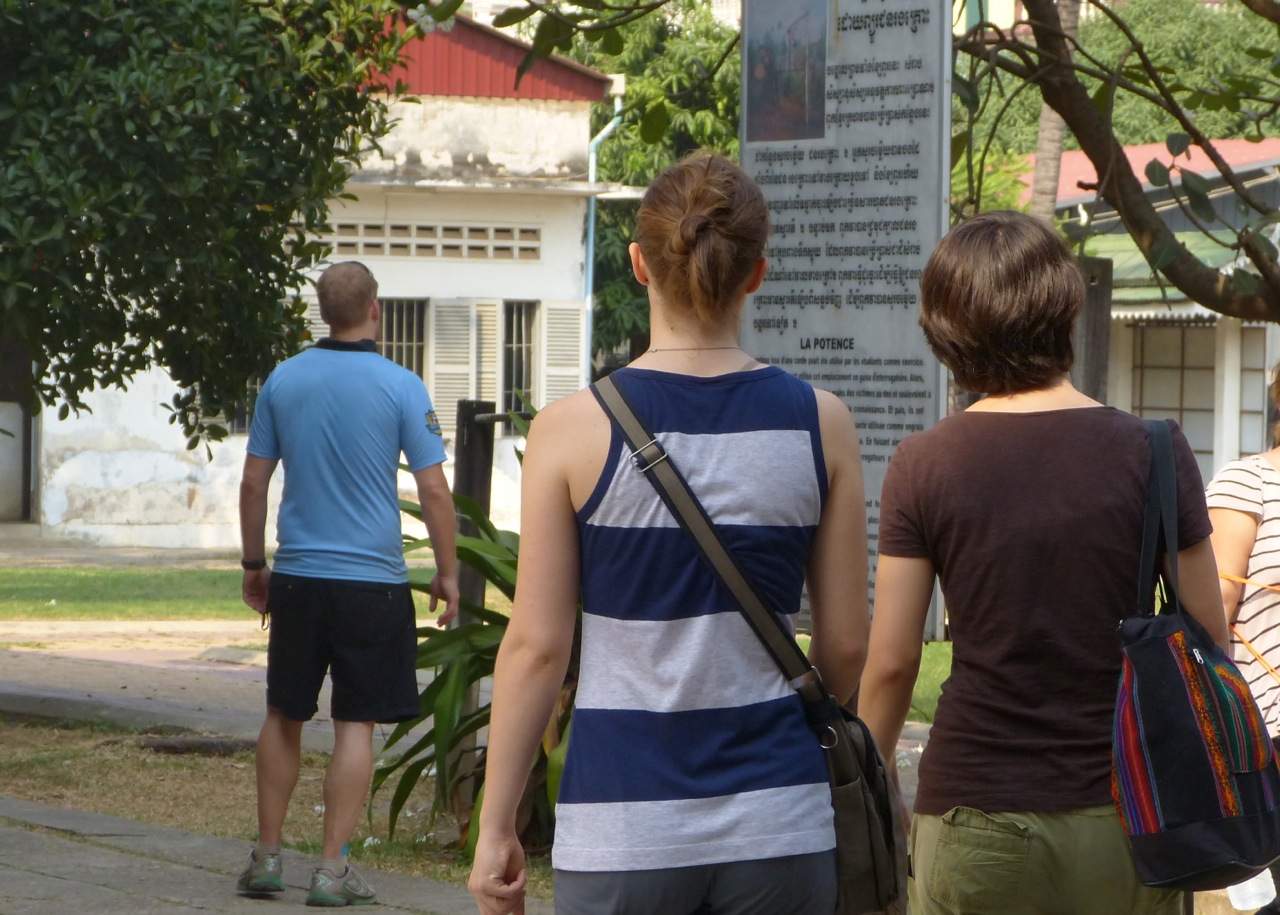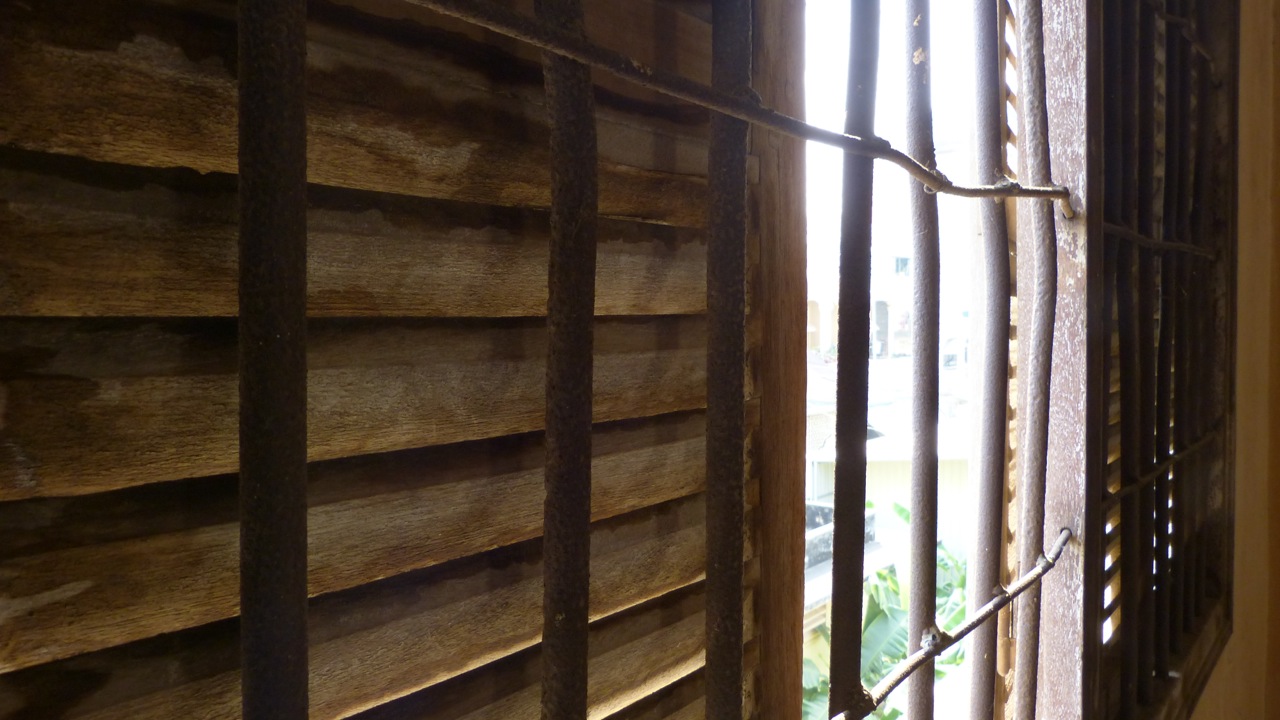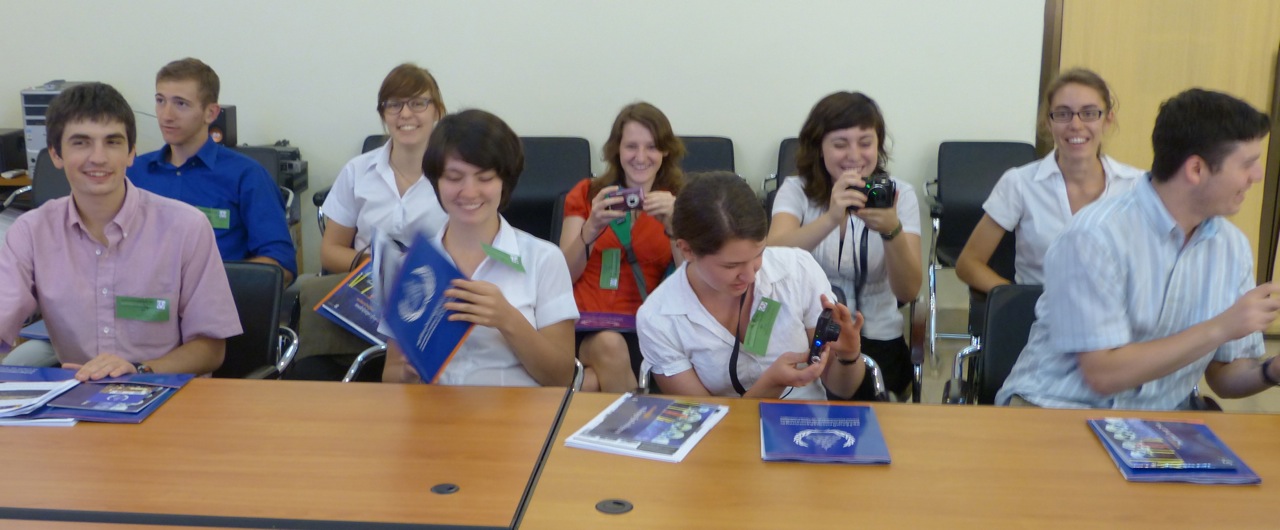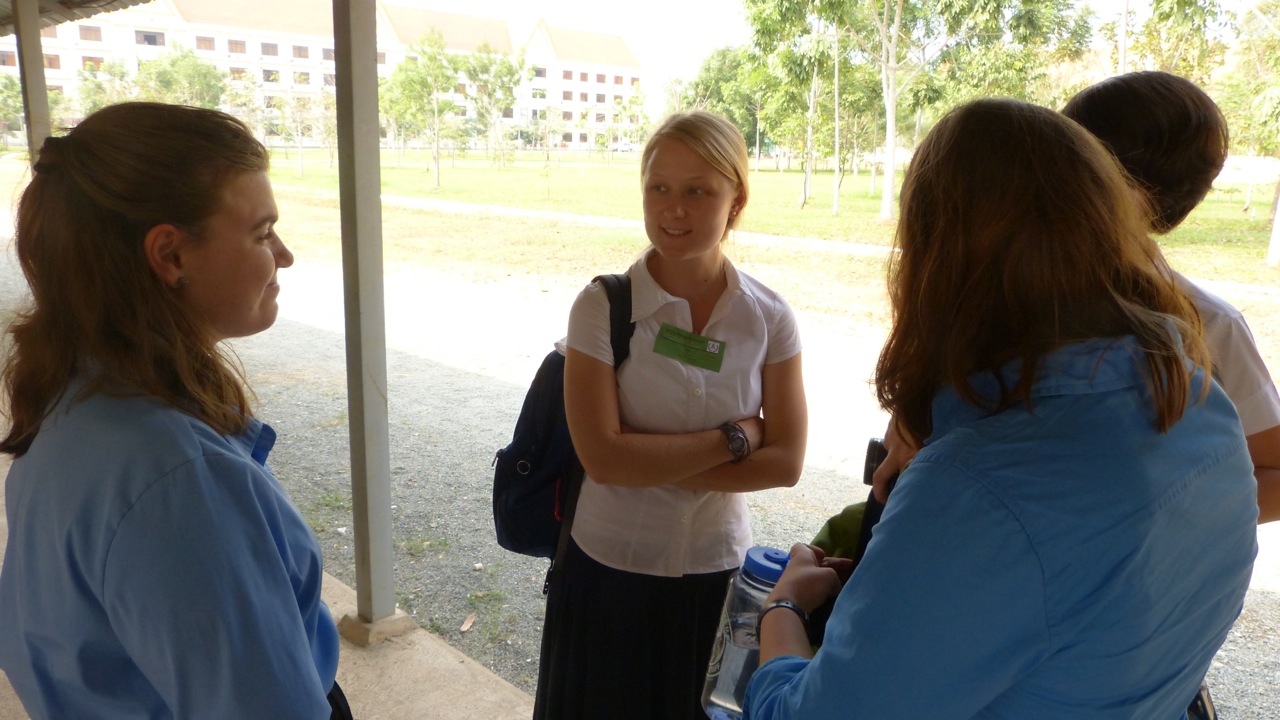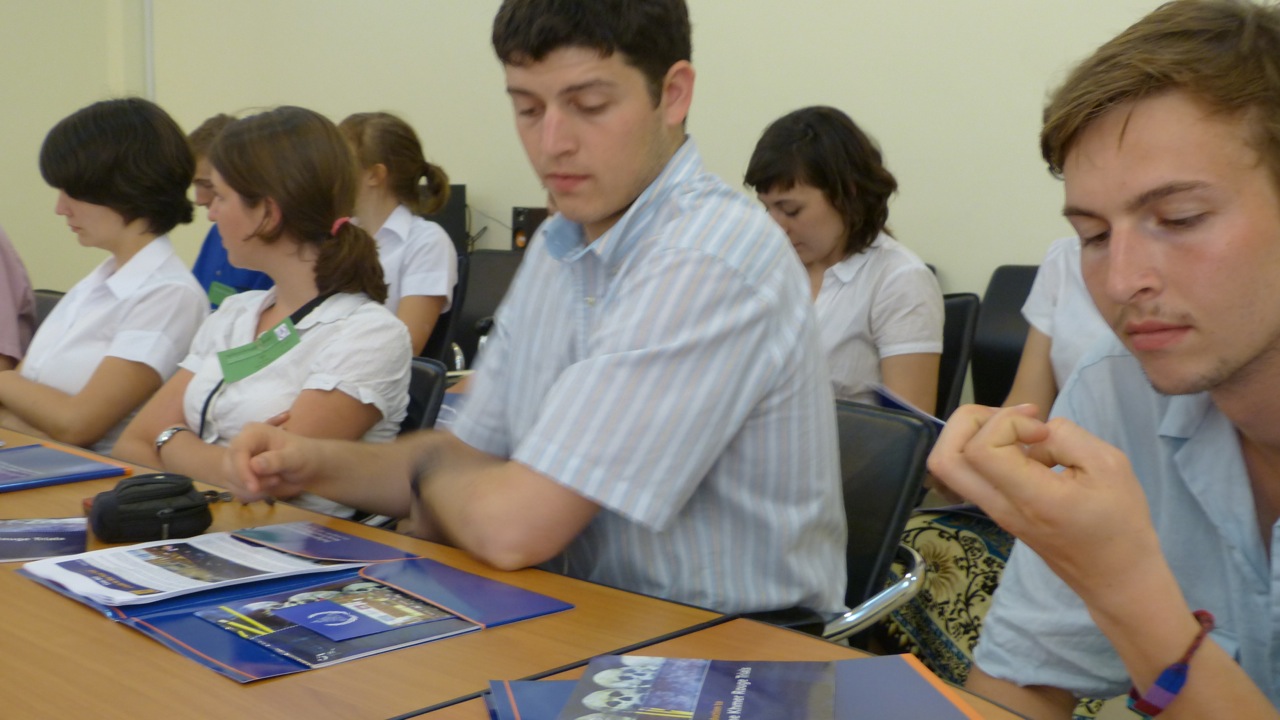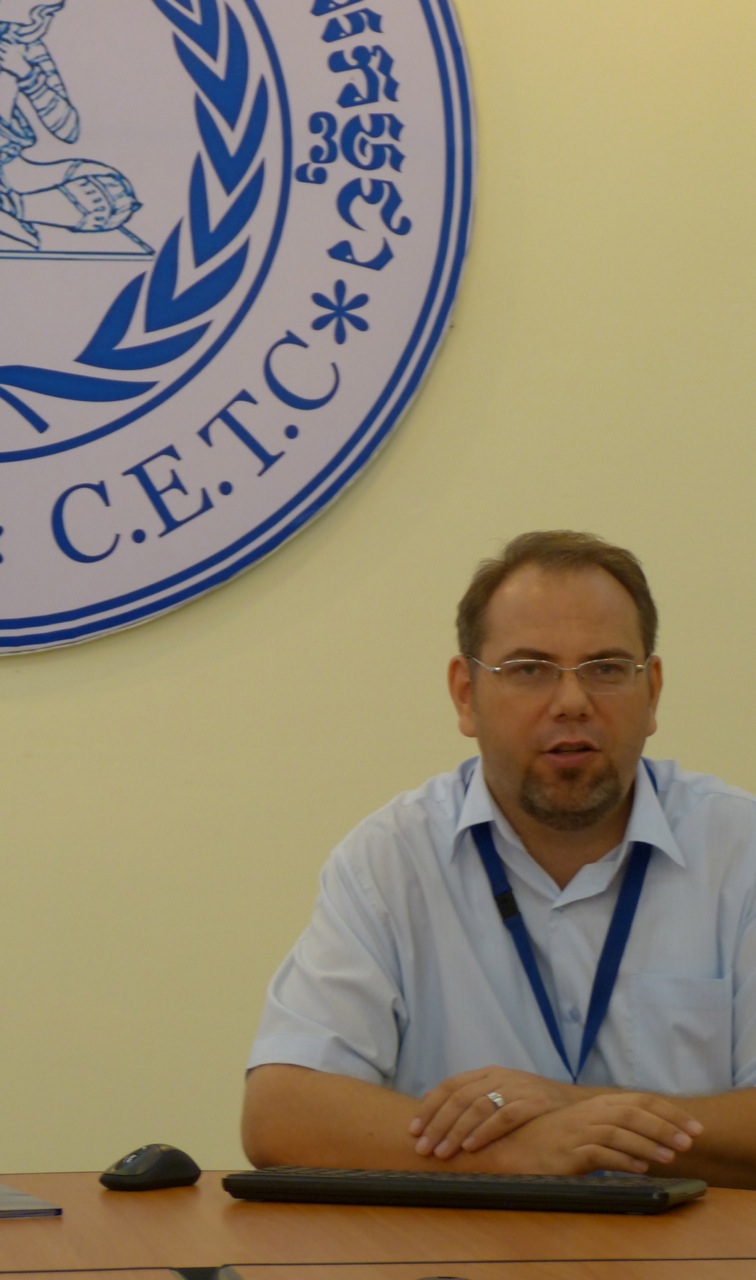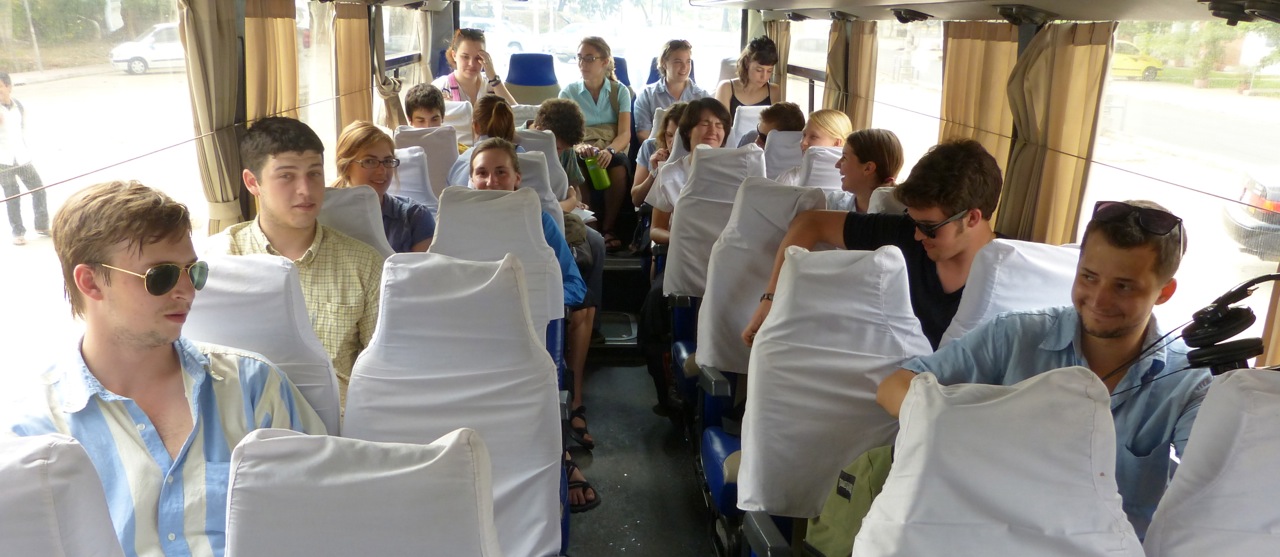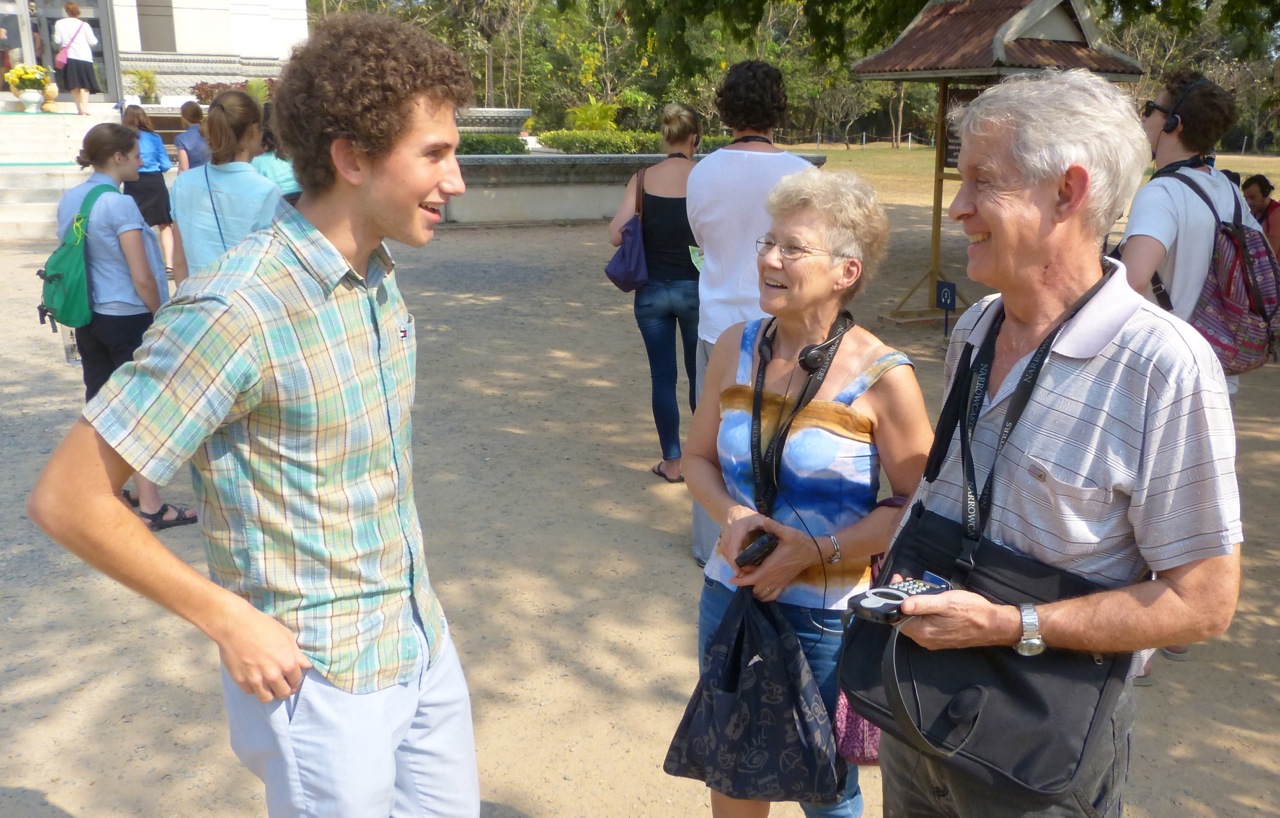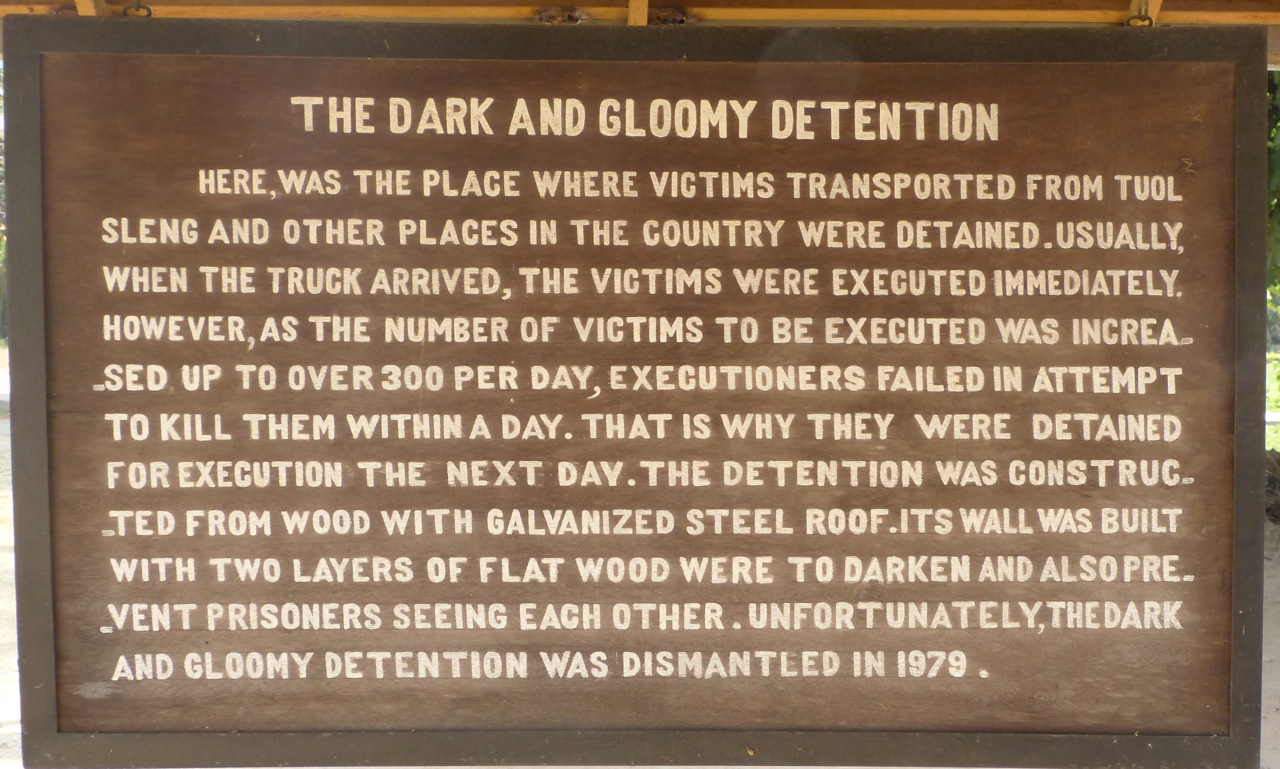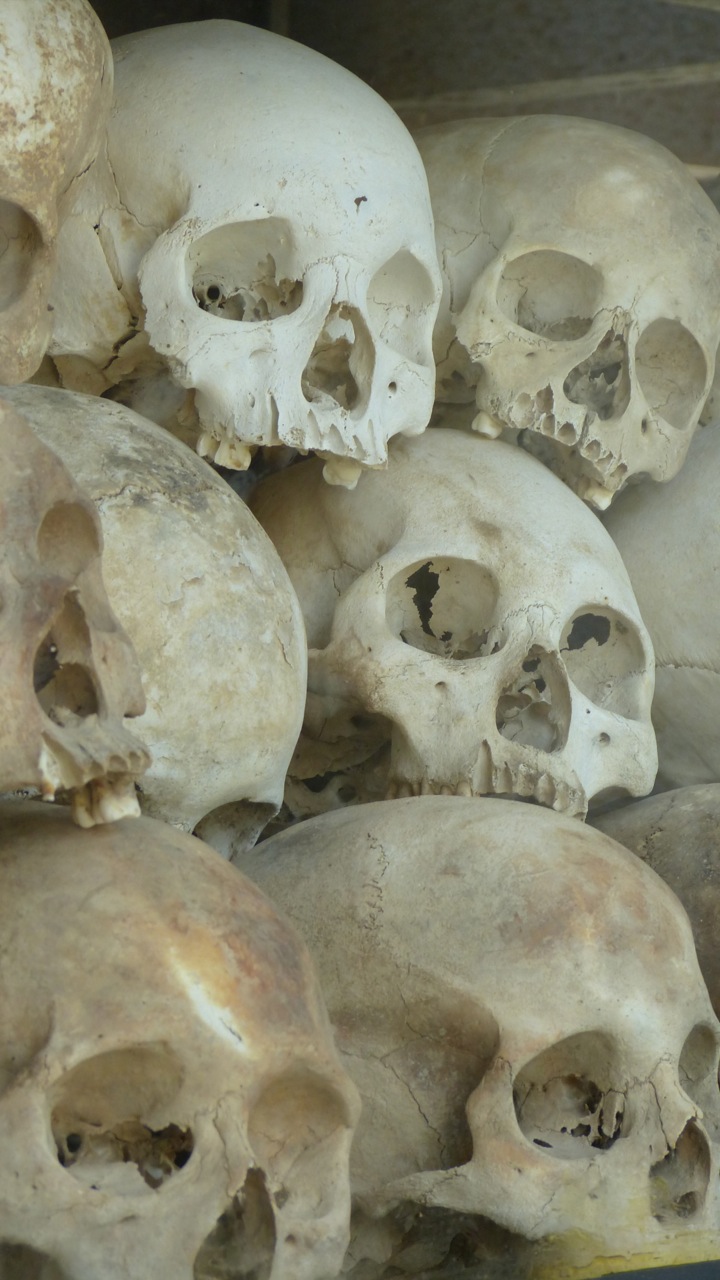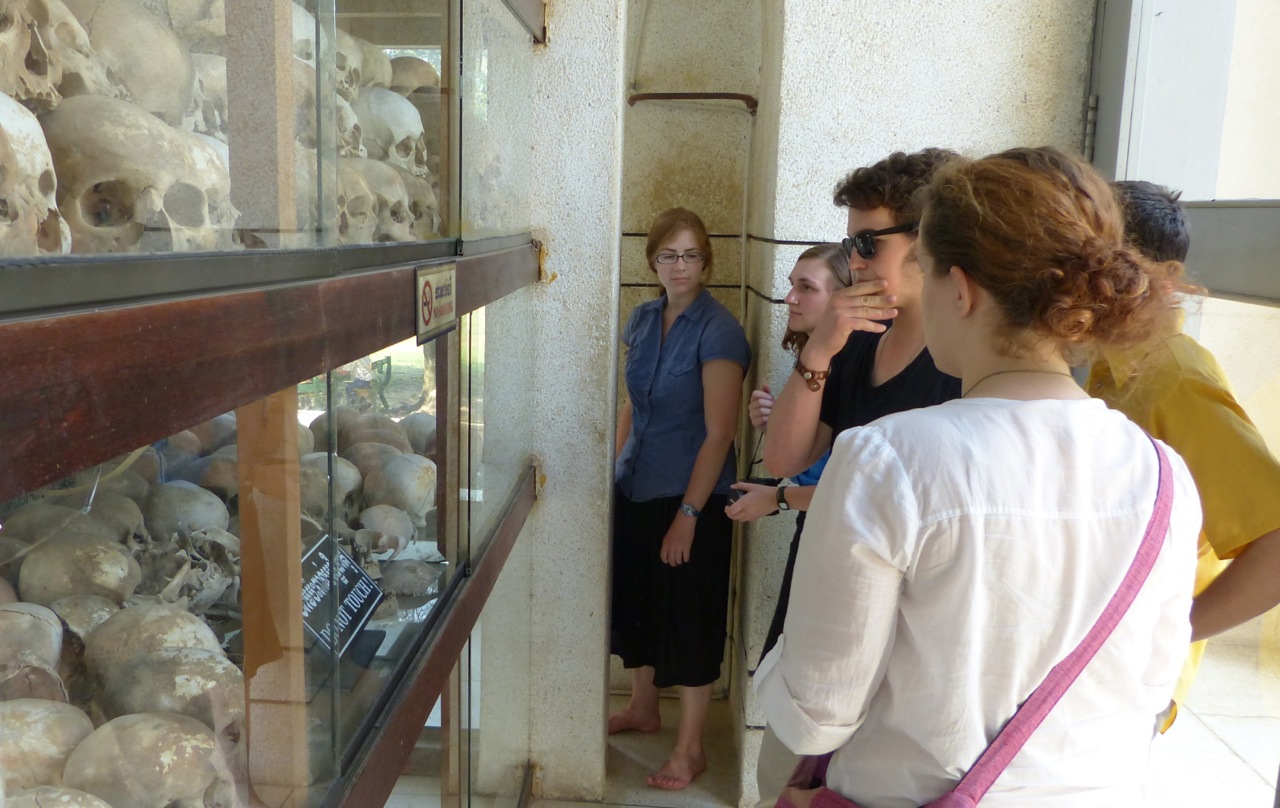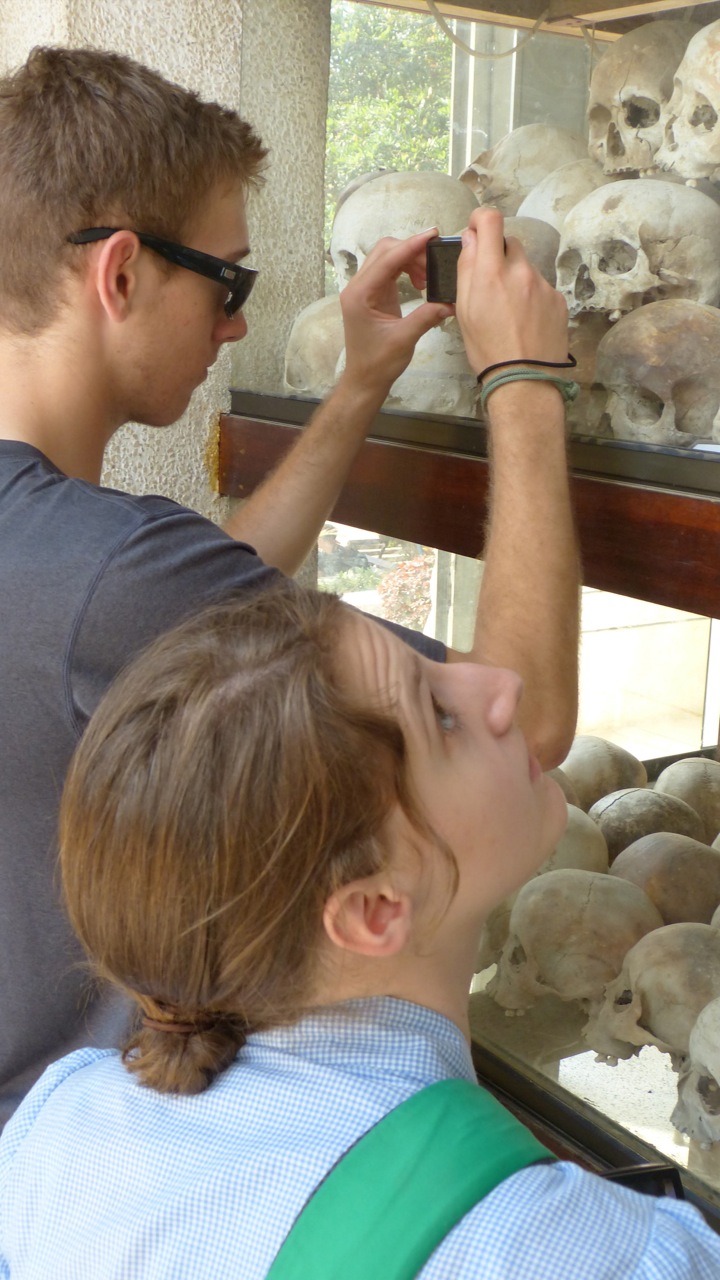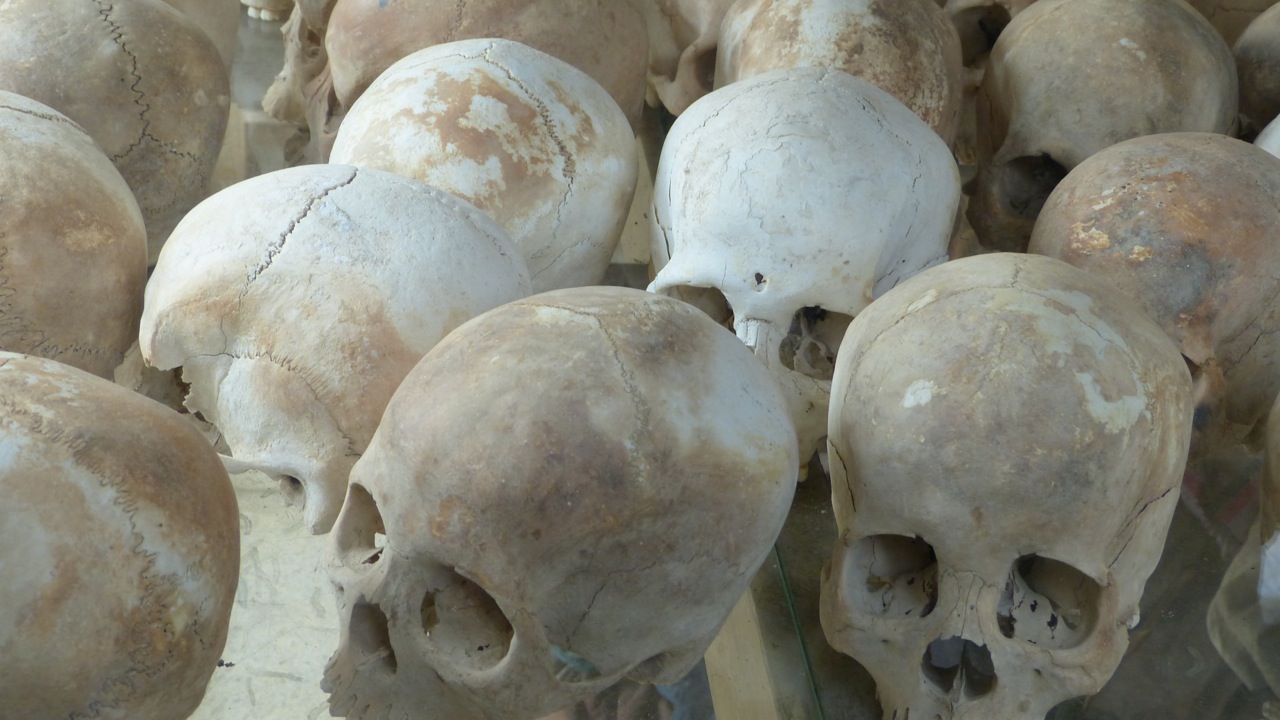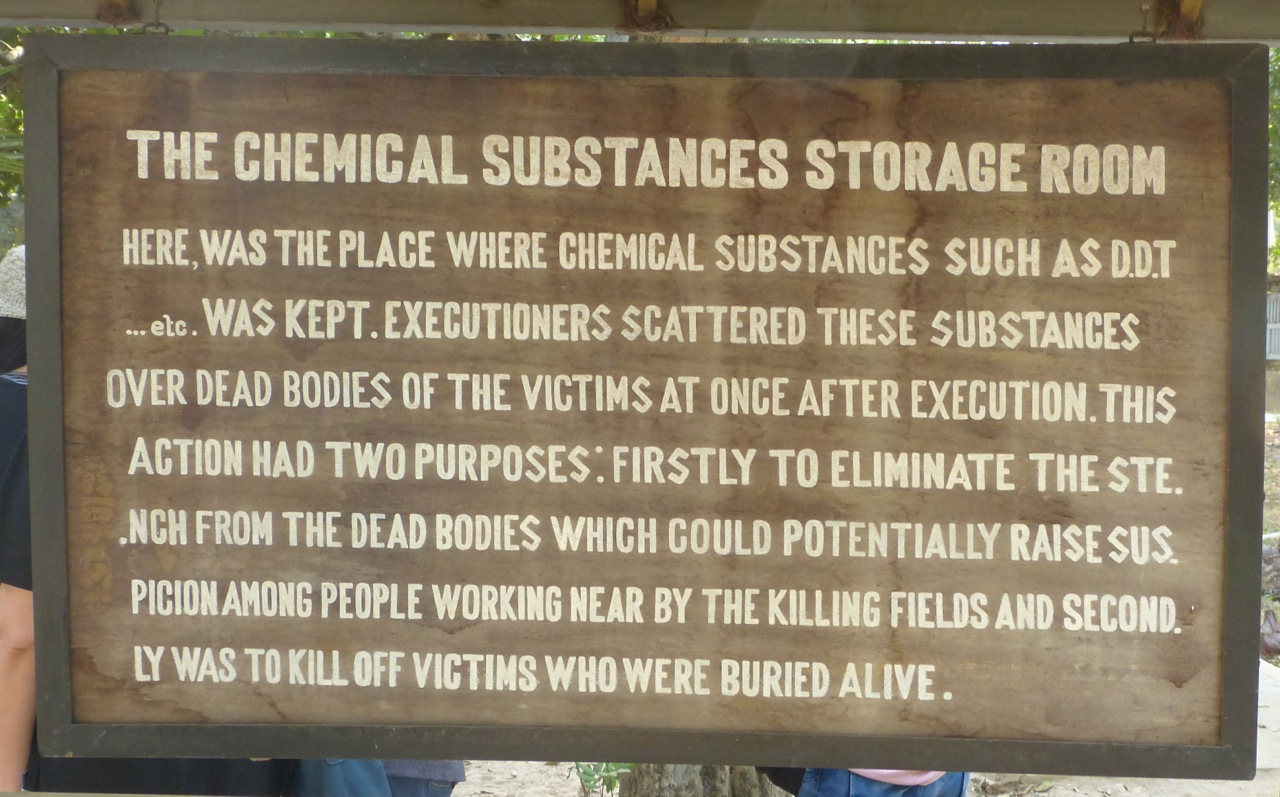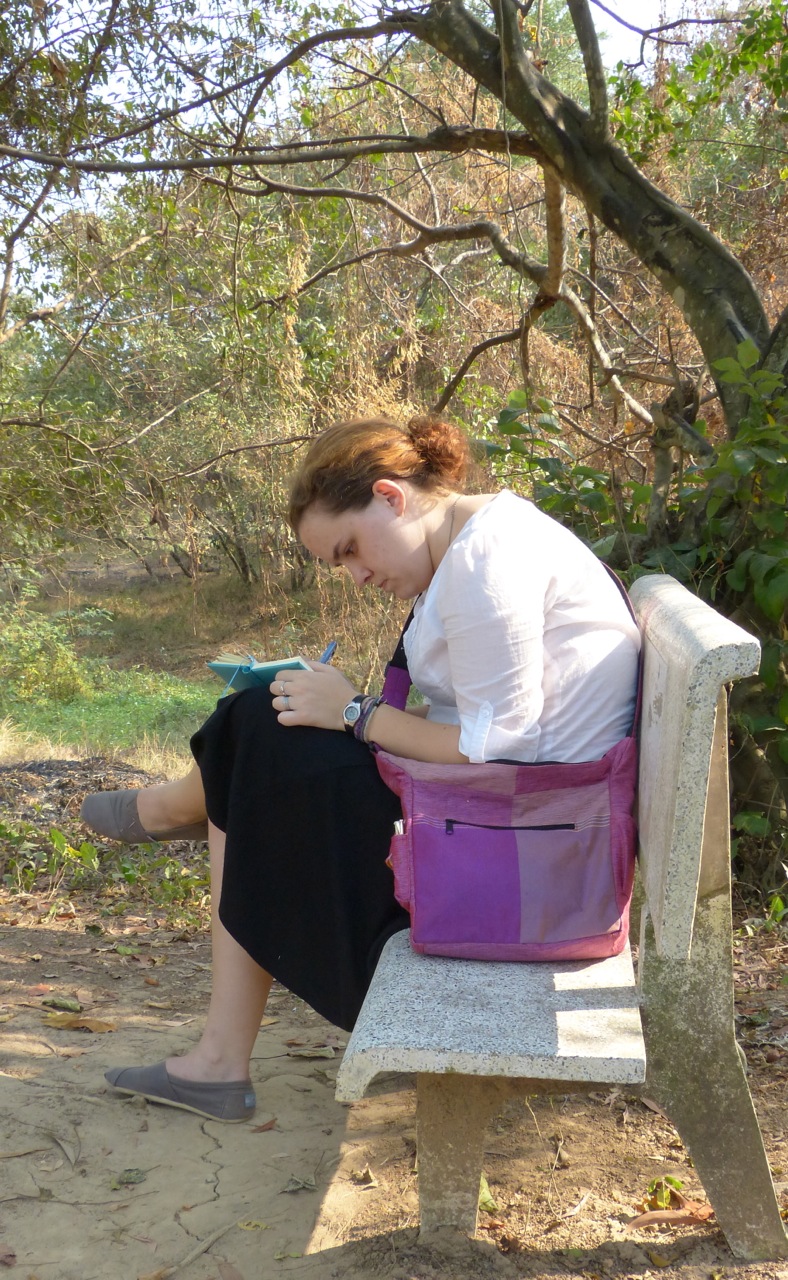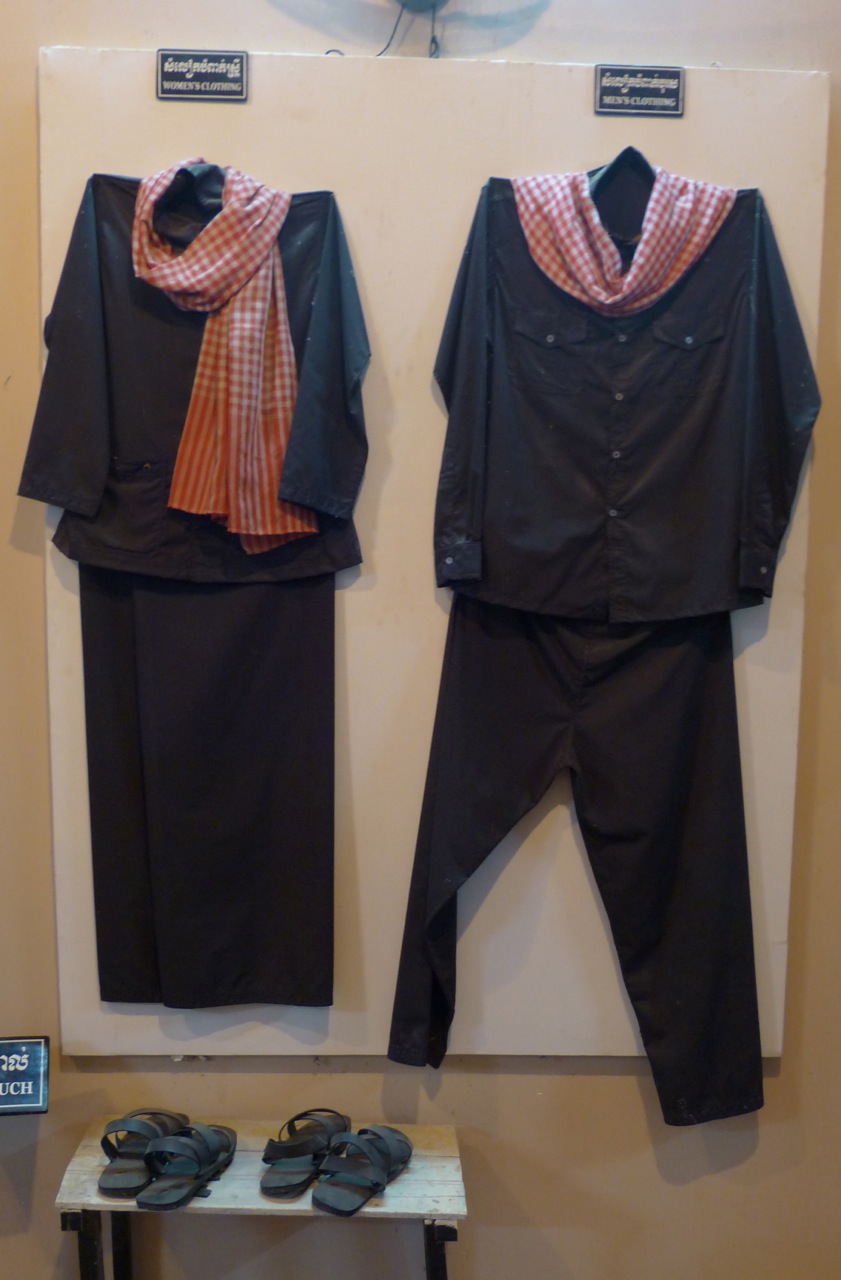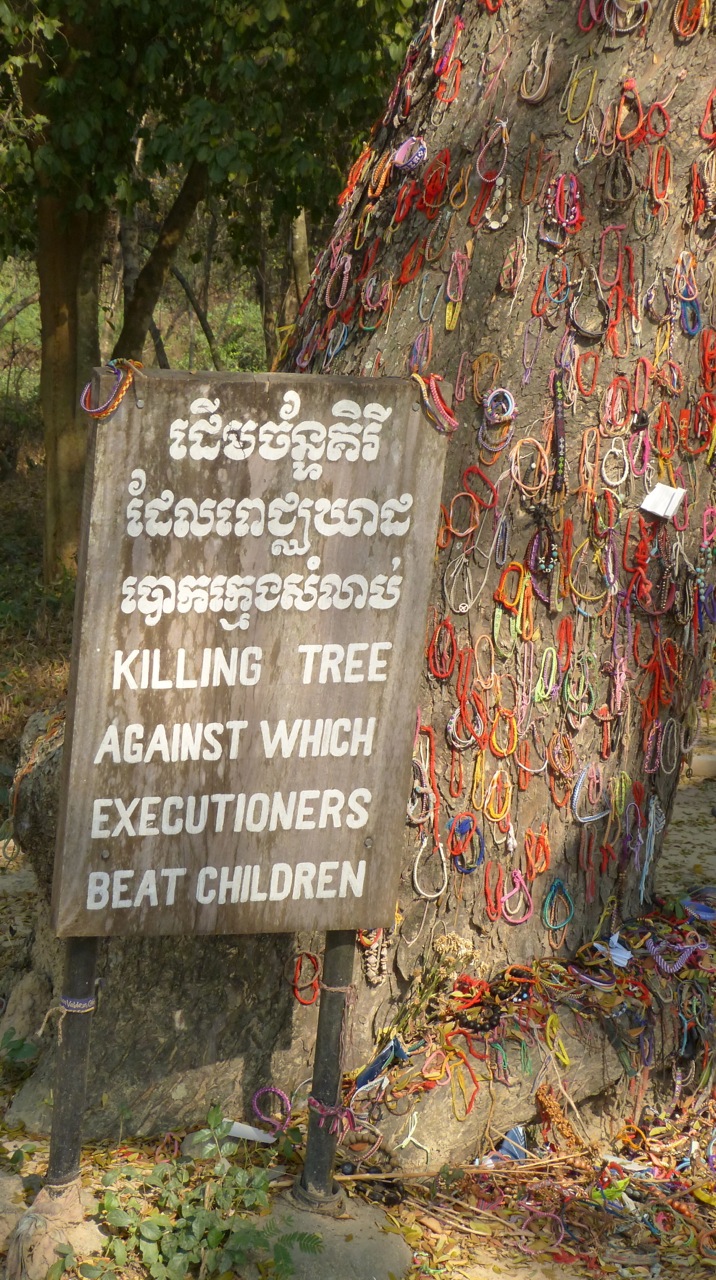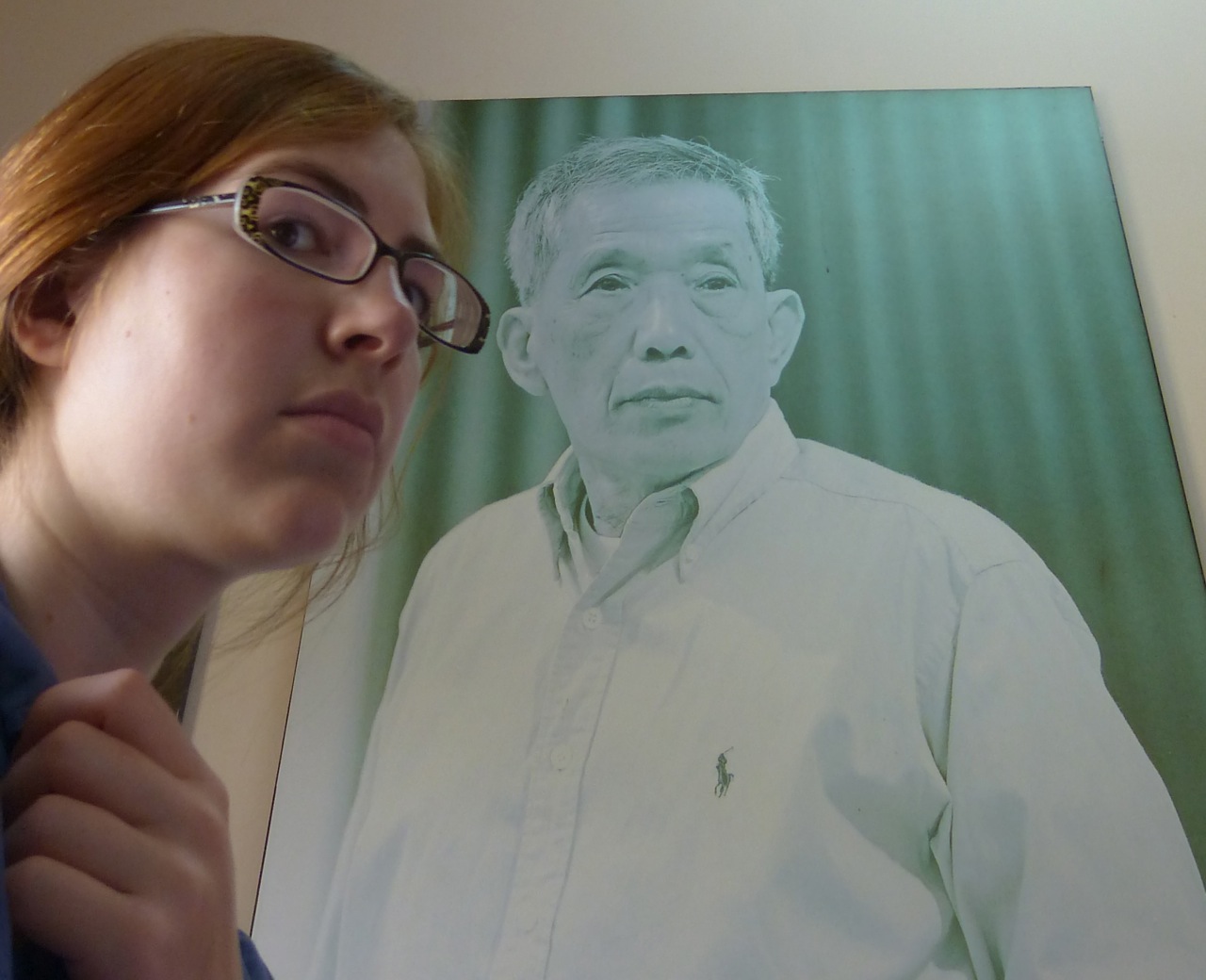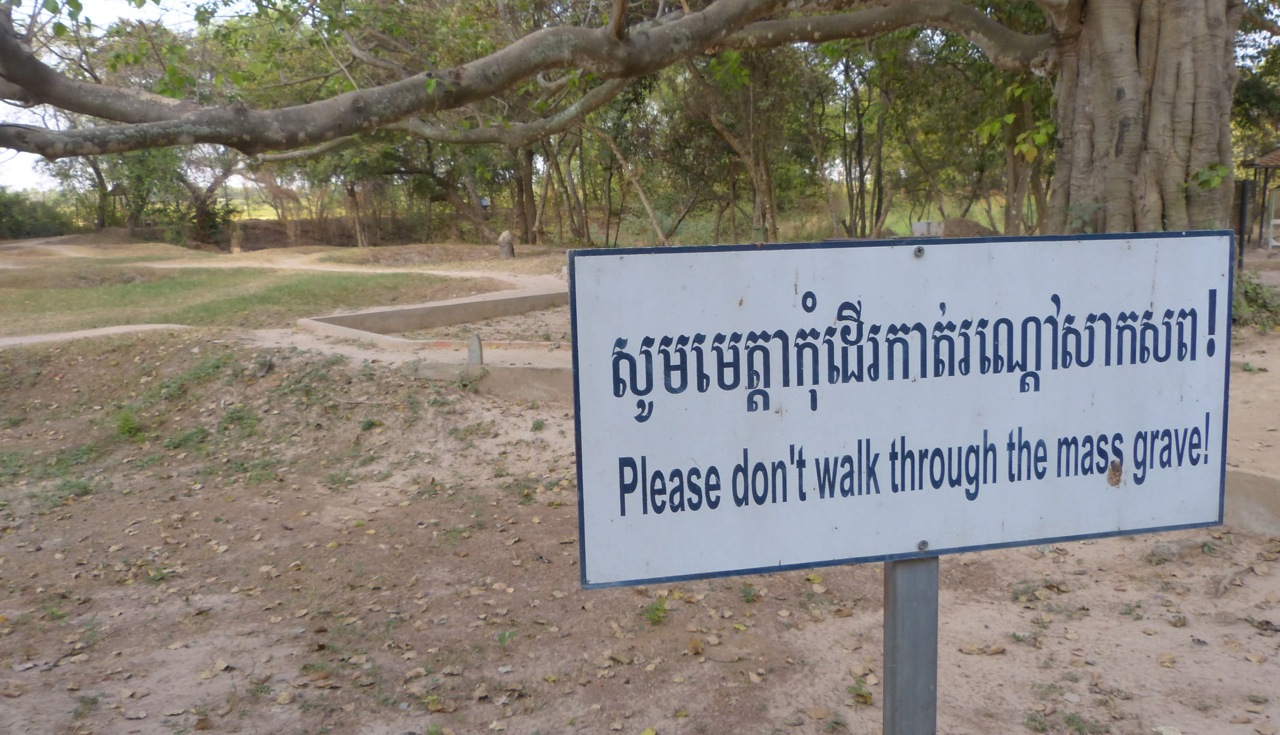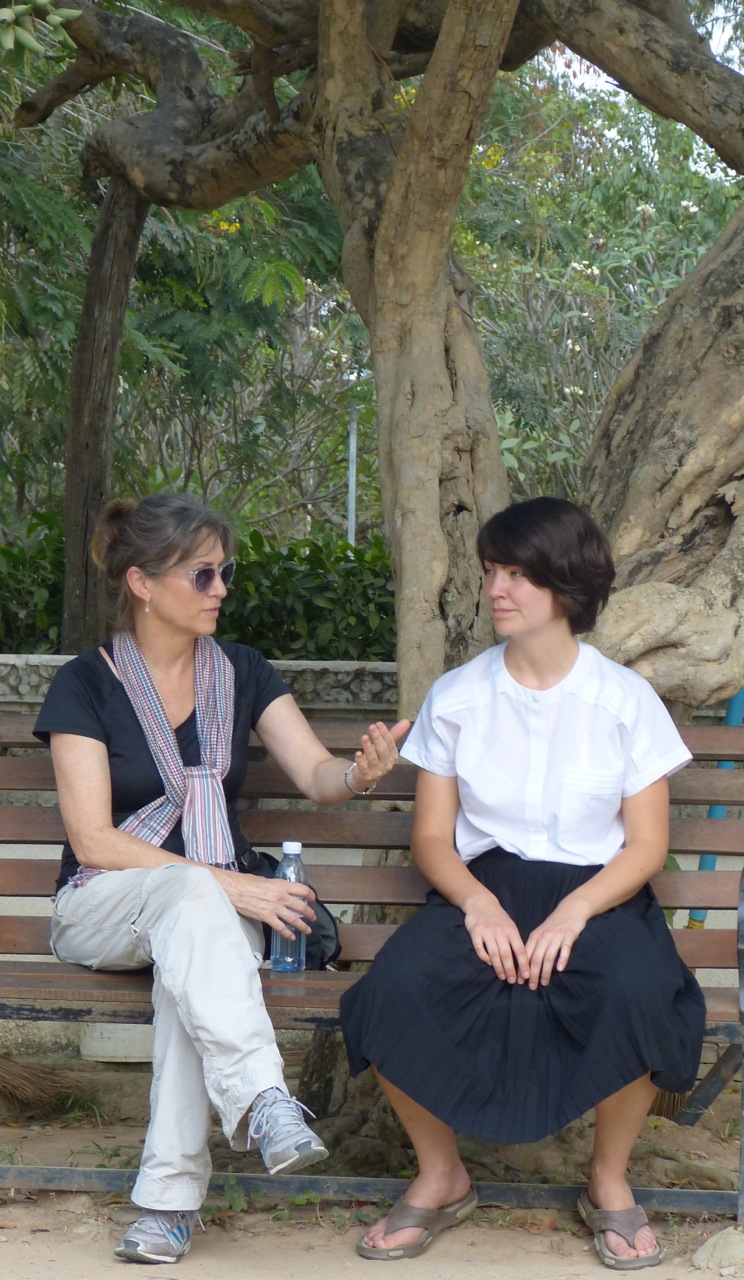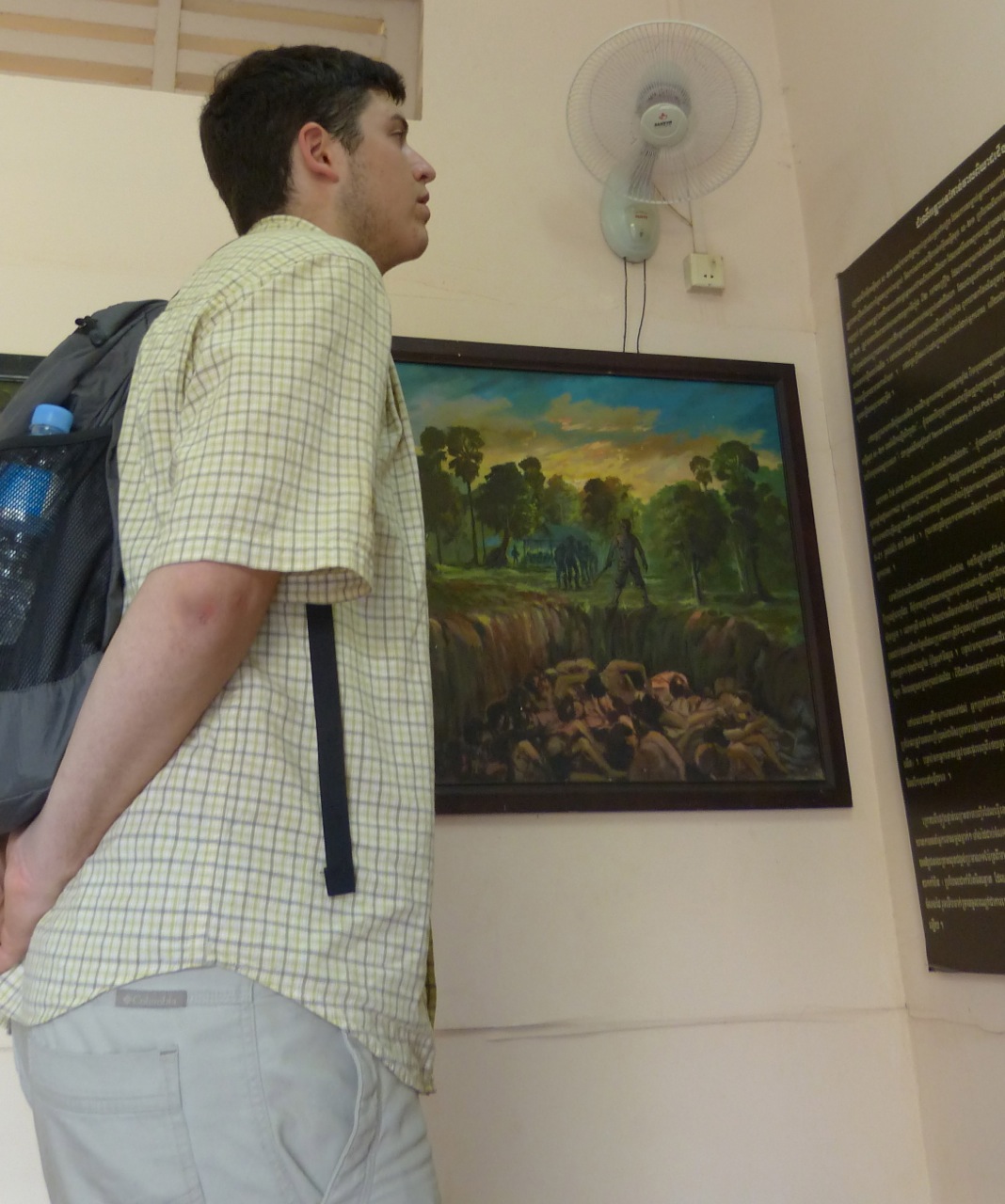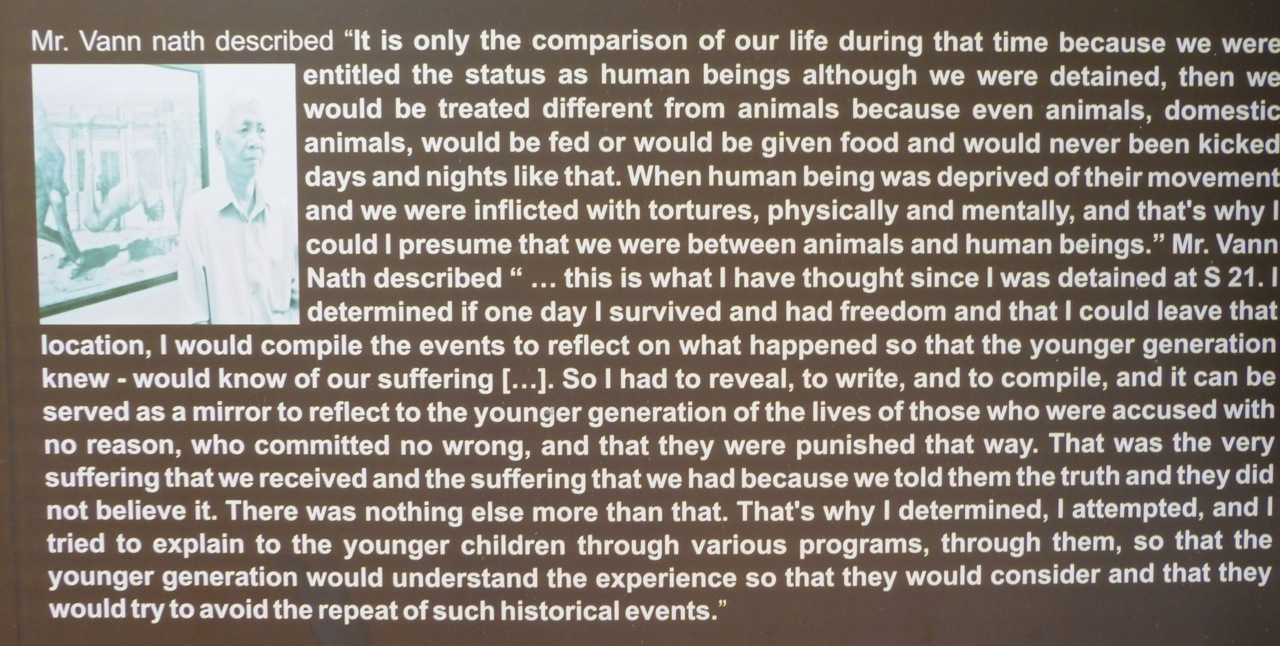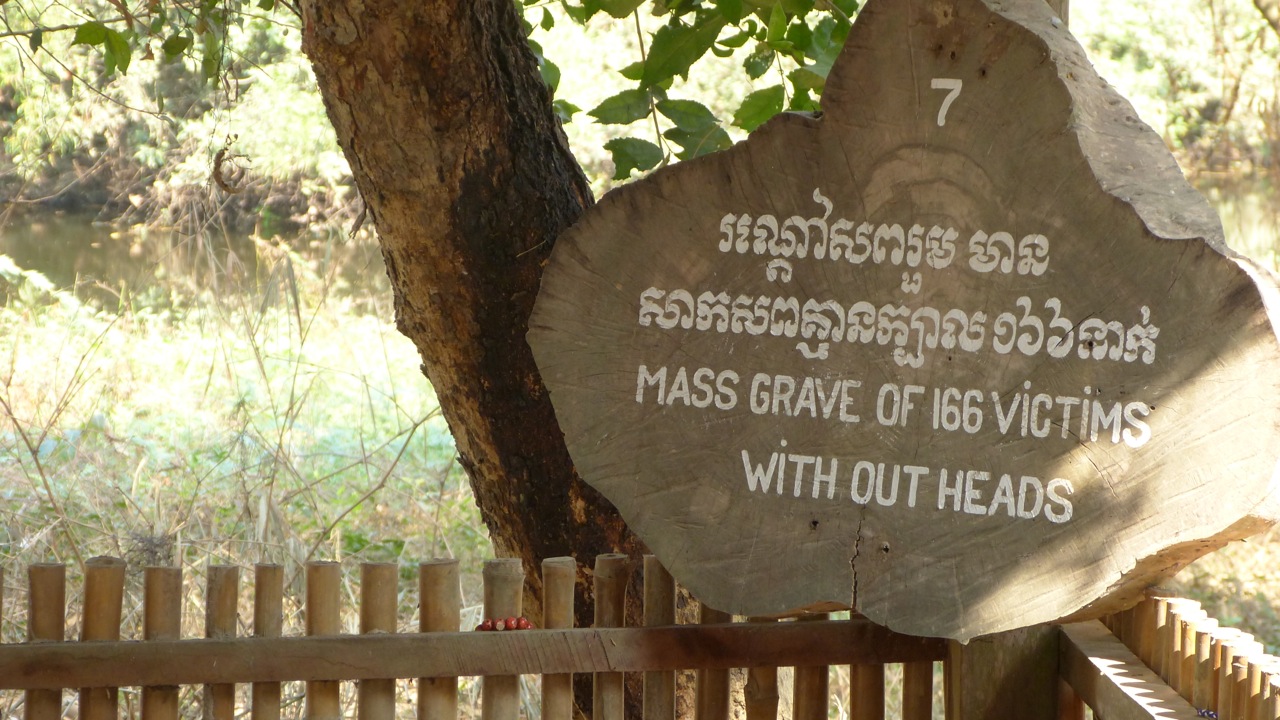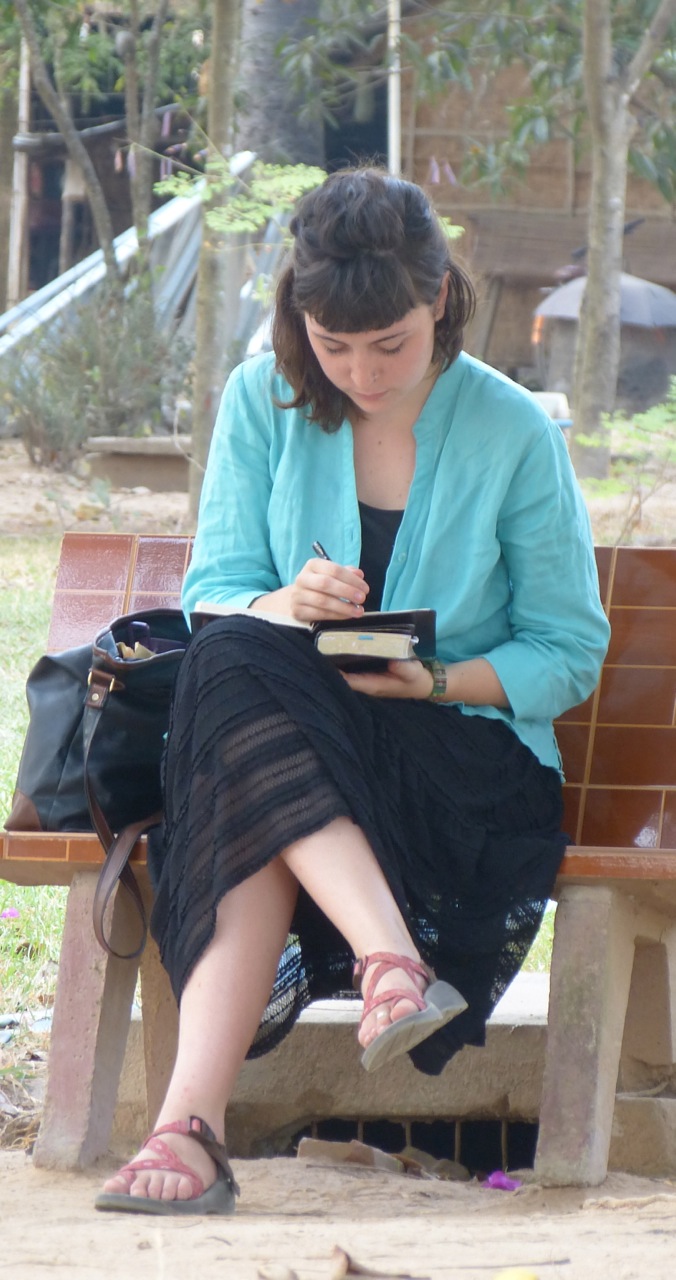Khmer Rouge Week
This week was the most emotionally draining of the term thus far, in terms of our academic and historical focus. Nearly every lecturer in Cambodia refers to the horrific three years, eight months, and 20 days (April 17, 1975 to January 7, 1979) of the Khmer Rouge regime, and this week we heard lectures about and visited the key sites of that tragic period. Pol Pot and his cadre of Communist leaders established what they called Democratic Kampuchea, seeking to establish a fully rural/agricultural society. During the Pol Pot regime, somewhere between 1.7 and 2 million Cambodians were brutally killed or died from starvation — more than a third of the country’s total population at the time.
On Wednesday morning we visited the Documentation Center of Cambodia (DC-CAM), which houses the original records of the Khmer Rouge period, records written and oral testimonies from survivors, and educates Cambodians about this shadow period of the country’s history. DC-CAM also has relationships with Rutgers University and Yale University in the U.S., and copies of the thousands of pages of confessions, testimonies, and killing records are kept in those settings as well.
At DC-CAM we heard from Dy Boly and also saw a film depicting the impact of globalization on Cambodia’s Khmer, Cham, and indigenous peoples. The film, released late in 2012, gave students a good view of what their service locations would be like.
Wednesday afternoon we visited the S-21 Prison, also known as Tuol Sleng, which is adjacent to Maryn’s host family’s home. S-21 is the most famous of Cambodia’s Khmer Rouge prisons, and was the key location where “inside enemies” — those who started out with the revolution but who were accused of betraying it later — were housed, tortured and killed, usually after being forced to make extensive confessions that implicated other friends and family members. Being at Tuol Sleng was a death sentence. Inside the prison, which had been a school before the Khmer Rouge took over Phnom Penh, Khmer Rouge leaders meticulously photographed all of their prisoners before or after their deaths. The photos, all on display, are haunting. When the Vietnamese entered Cambodia January 7, 1979, they found 14 remaining, recently tortured bodies as well as seven survivors.
After their confessions, Tuol Sleng prisoners were taken to Choeng Ek, also known as the Killing Fields, about 15 kilometers outside of Phnom Penh. There the 13,000 to 14,000 prisoners were ruthlessly killed, some initially with bullets but later, after bullets were scarce, with pickaxes, shovels, and axes. Victims were buried, sometimes still alive, in mass graves, many of which have not yet been excavated. A memorial stupa at the site has layers upon layers of skulls — 8,000 skulls in all — that have been recovered from the mass graves. We visited Choeng Ek, one of scores of similar killing fields scattered across Cambodia’s provinces, on Friday afternoon.
Thursday afternoon we visited the Extraordinary Chambers in the Courts of Cambodia, a tribunal established in 2003 by Cambodia and the United Nations. The tribunal was established to try the top leaders of the Khmer Rouge. The first trial, of Kaing Guek Eav (also known as Duch), the person who ran the S-21 prison, took place in 2009 and 2010, with Duch eventually being found guilty of crimes against humanity and grave breaches of the Geneva Convention of 1949. Currently on trial are Nuon Chea, Khieu Samphan, and Ieng Sary, top leaders who worked closely with Pol Pot during the Khmer Rouge regime. We were able to watch about 1 1/2 hours of the trial, mostly submissions of court documents by prosecutors and defense counsel members. Two of the three accused were in the hospital this week, so other witnesses could not be called without them present. We were hoping to hear Francois Ponchaud, one of our lecturers, testify against the three leaders, but his testimony is likely delayed until next week.
Overall, it was a heavy week, but the Khmer Rouge history is a significant part of Cambodia’s past. This week students are also interviewing their host parents or grandparents about where they were during the Khmer Rouge period (if their family members are willing to talk about the experience). Many in Cambodia’s younger generation know very little about the Khmer Rouge period; even if they know much, they are ready to put aside that history as they move toward a radically different future.
Saturday and Sunday the group heads to Prey Veng Province, on the Vietnam border, to see some animist, Buddhist, and other sites, as well as to see some of Mennonite Central Committee’s projects in the area.
